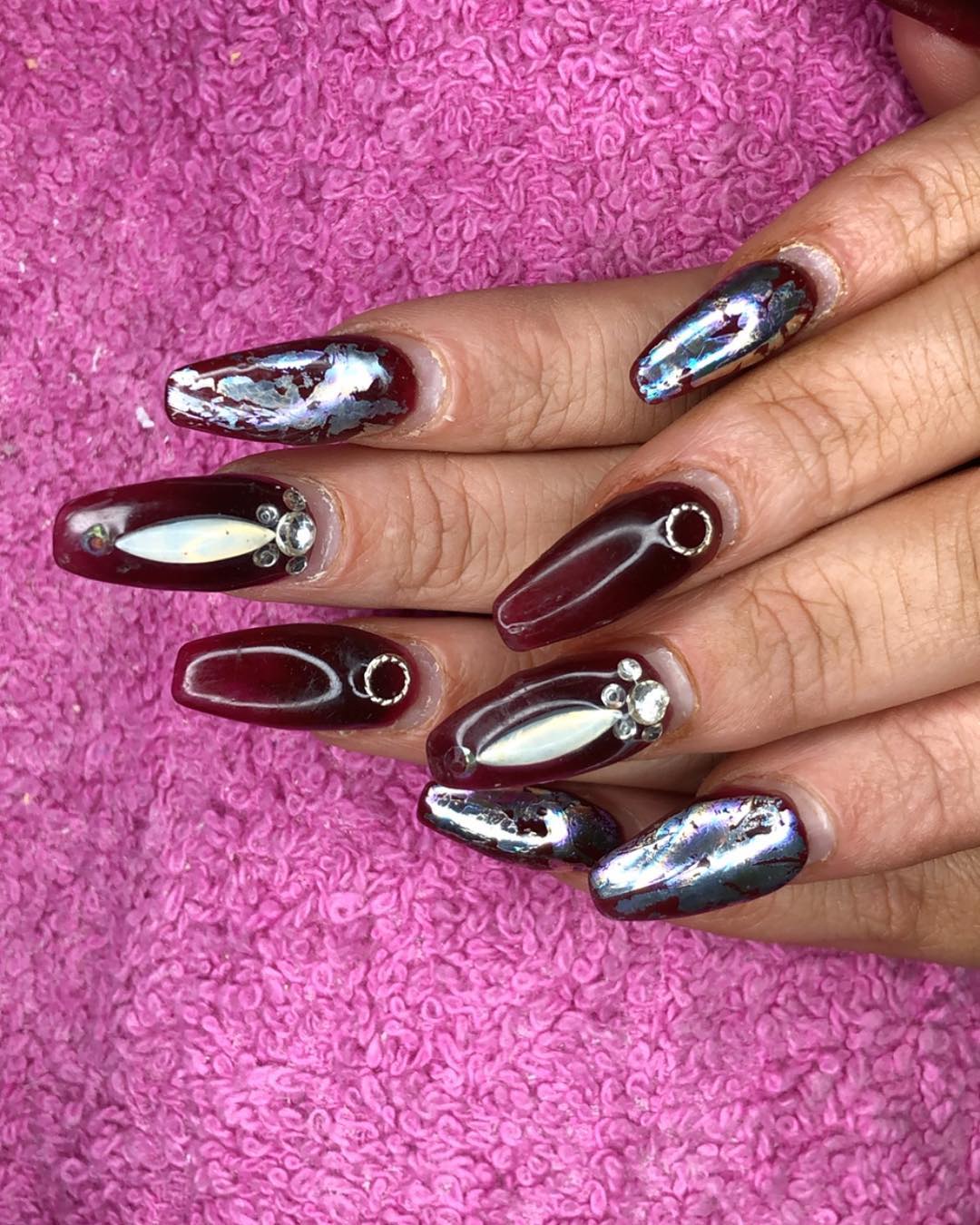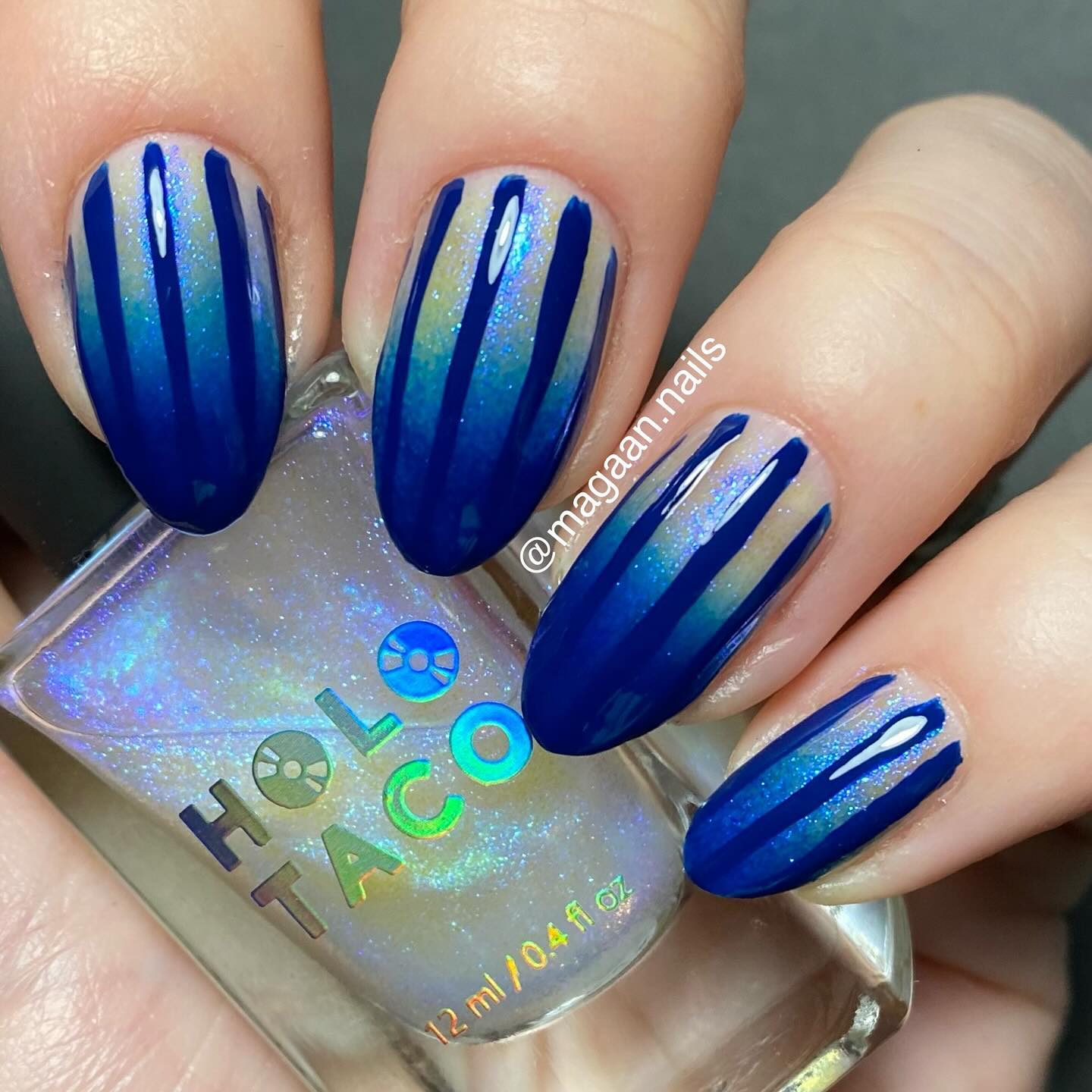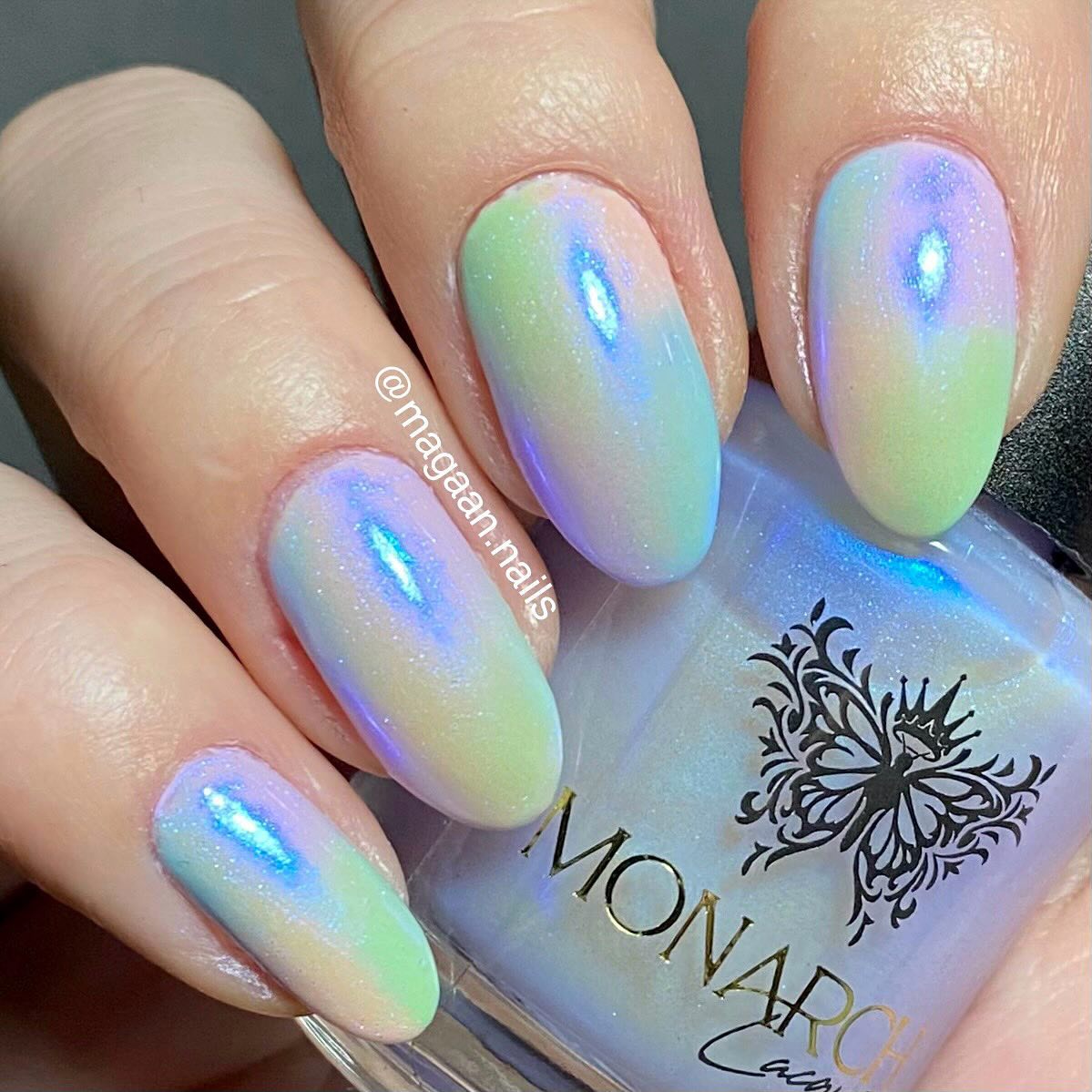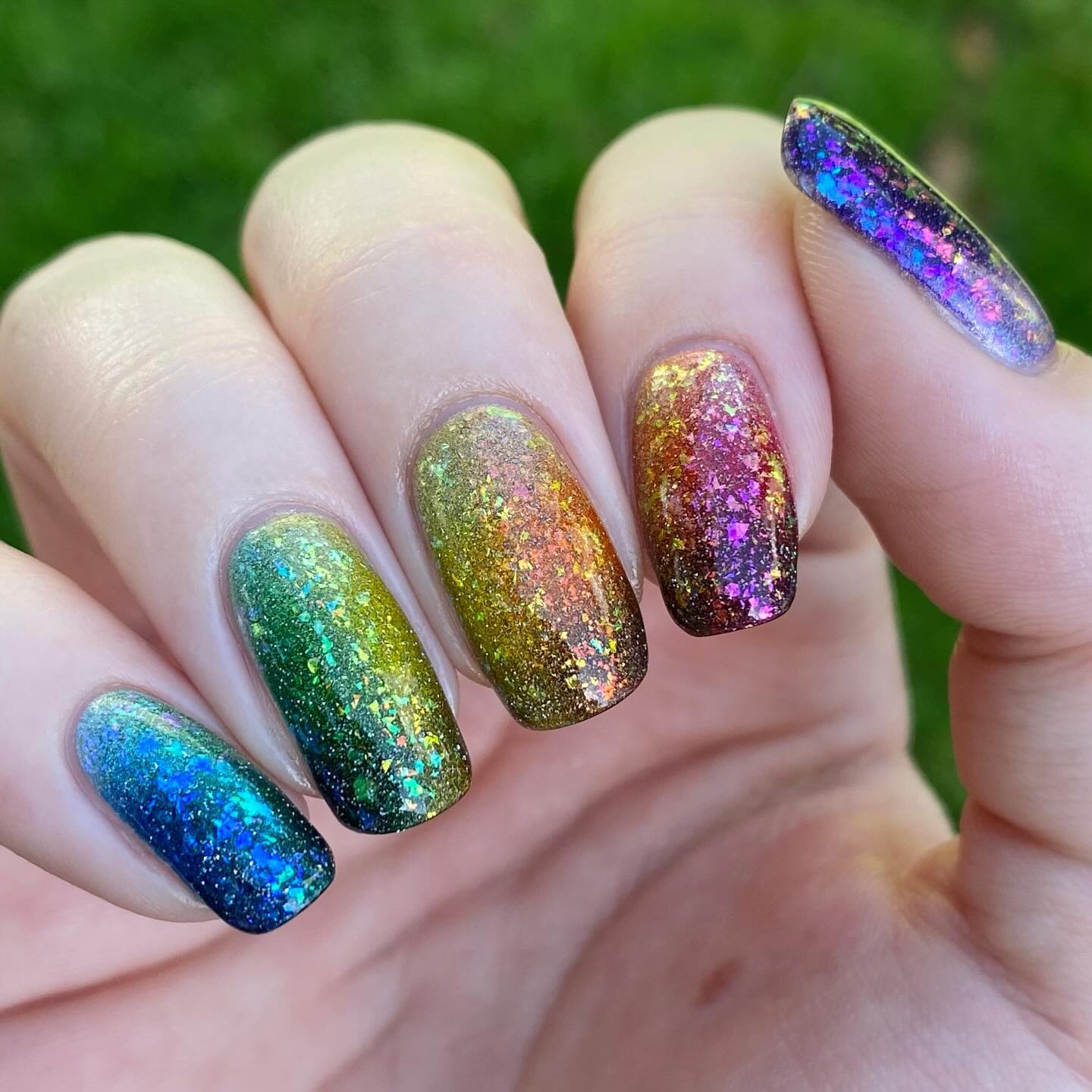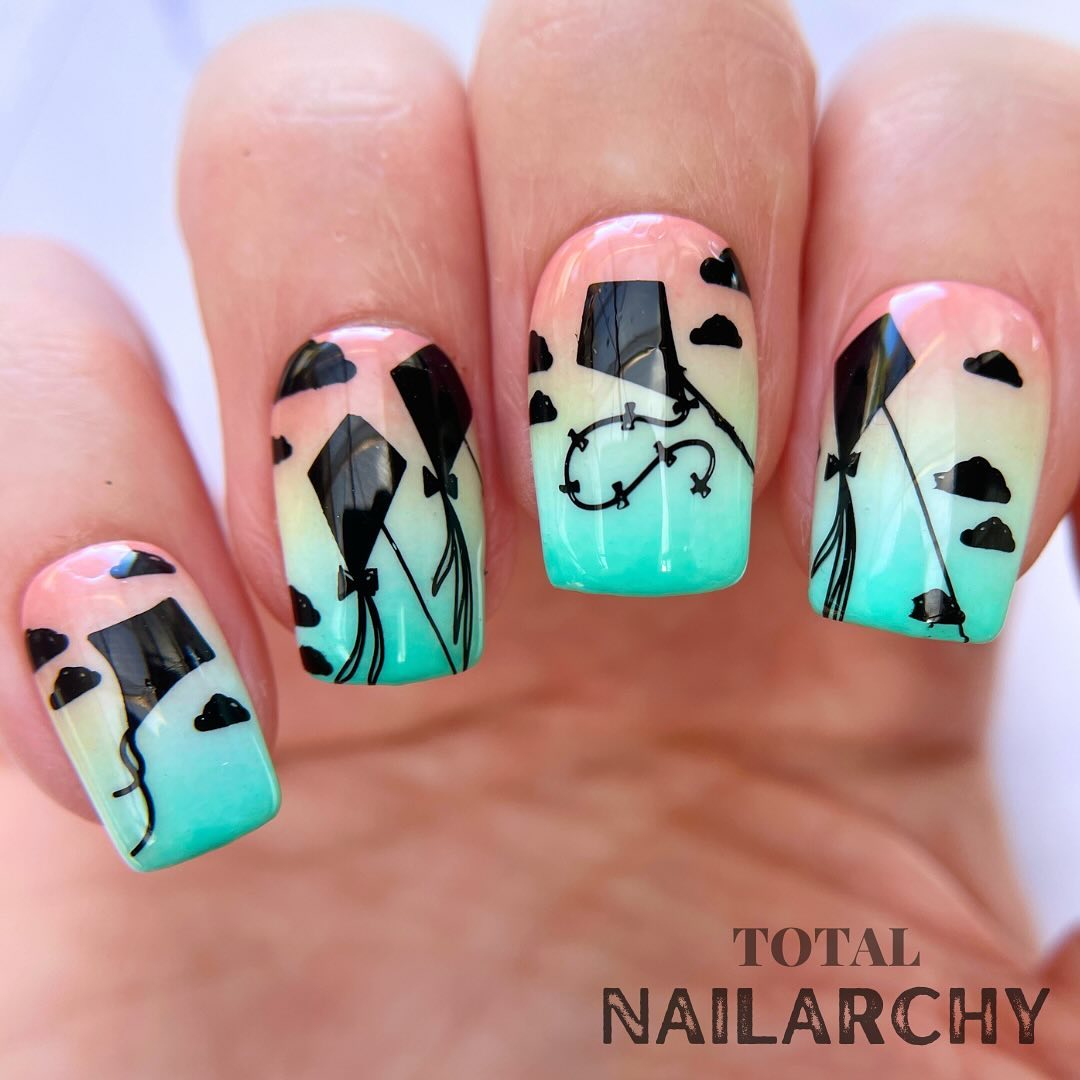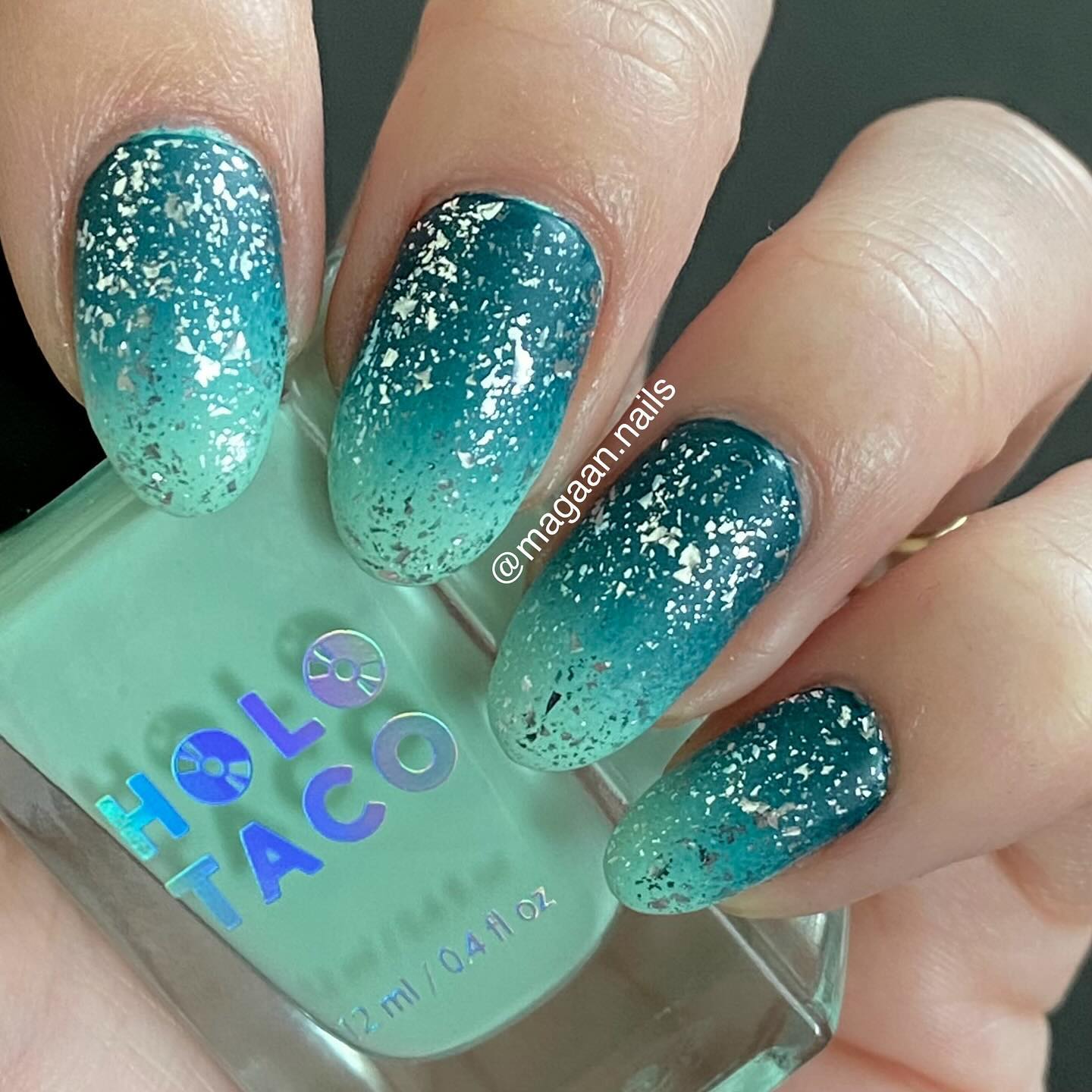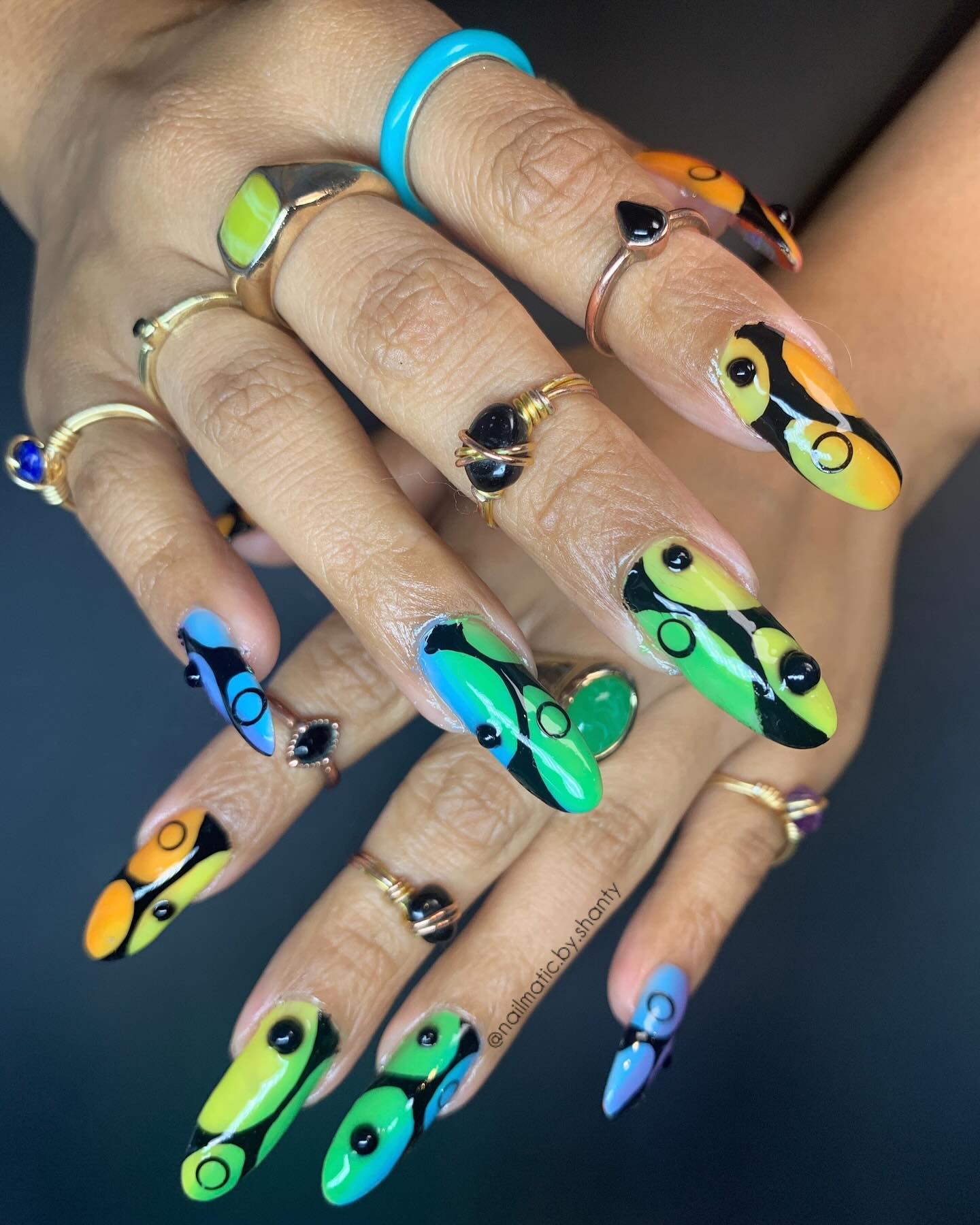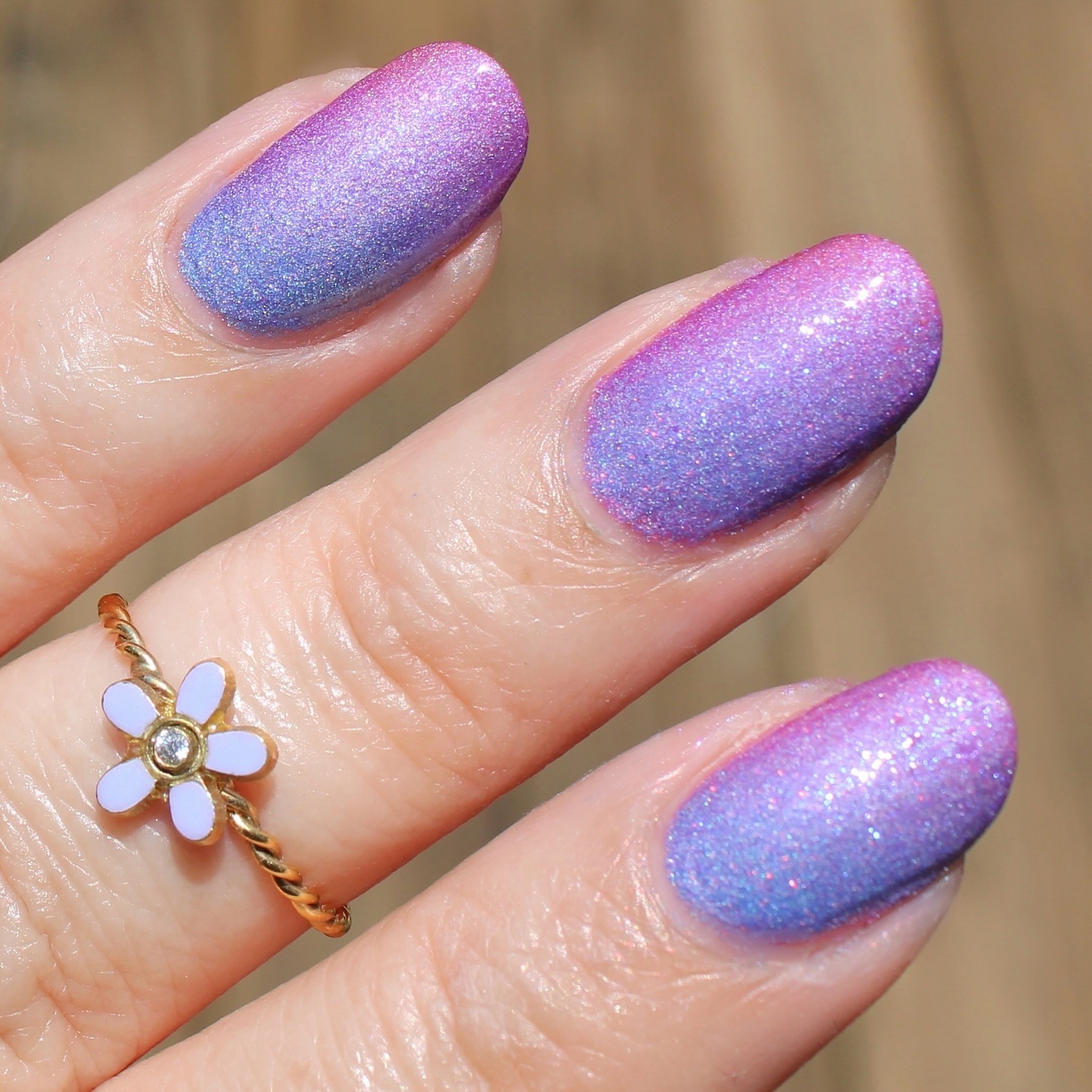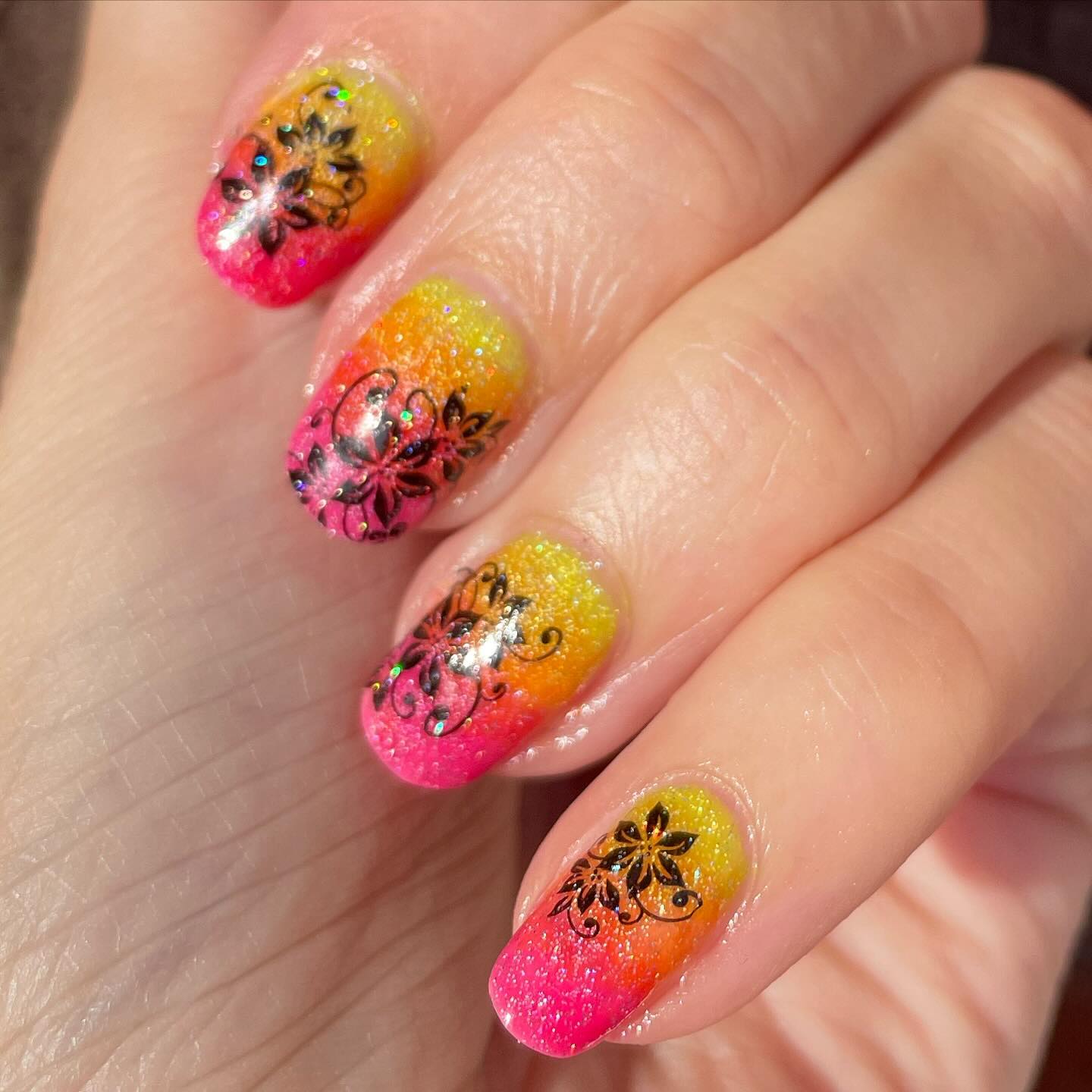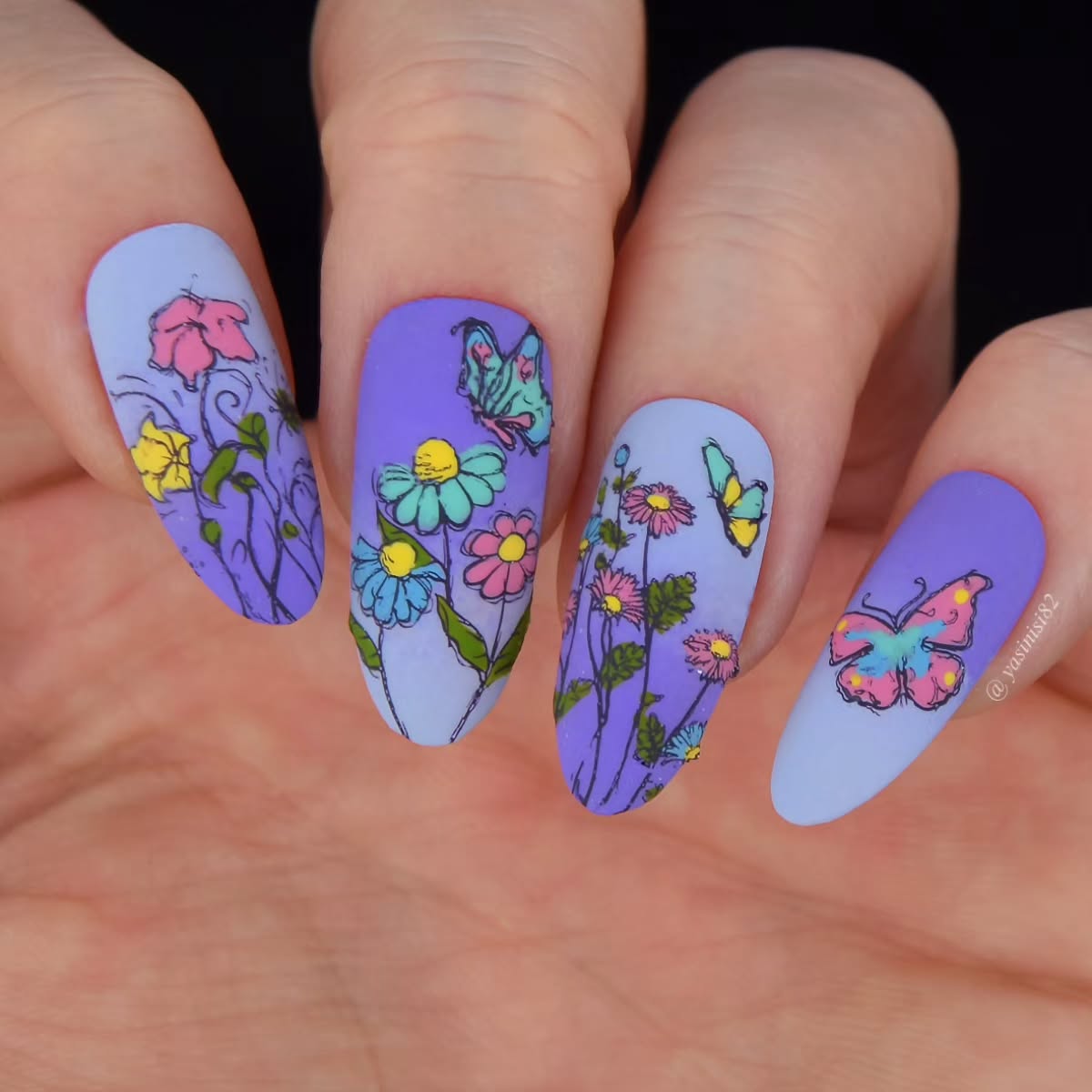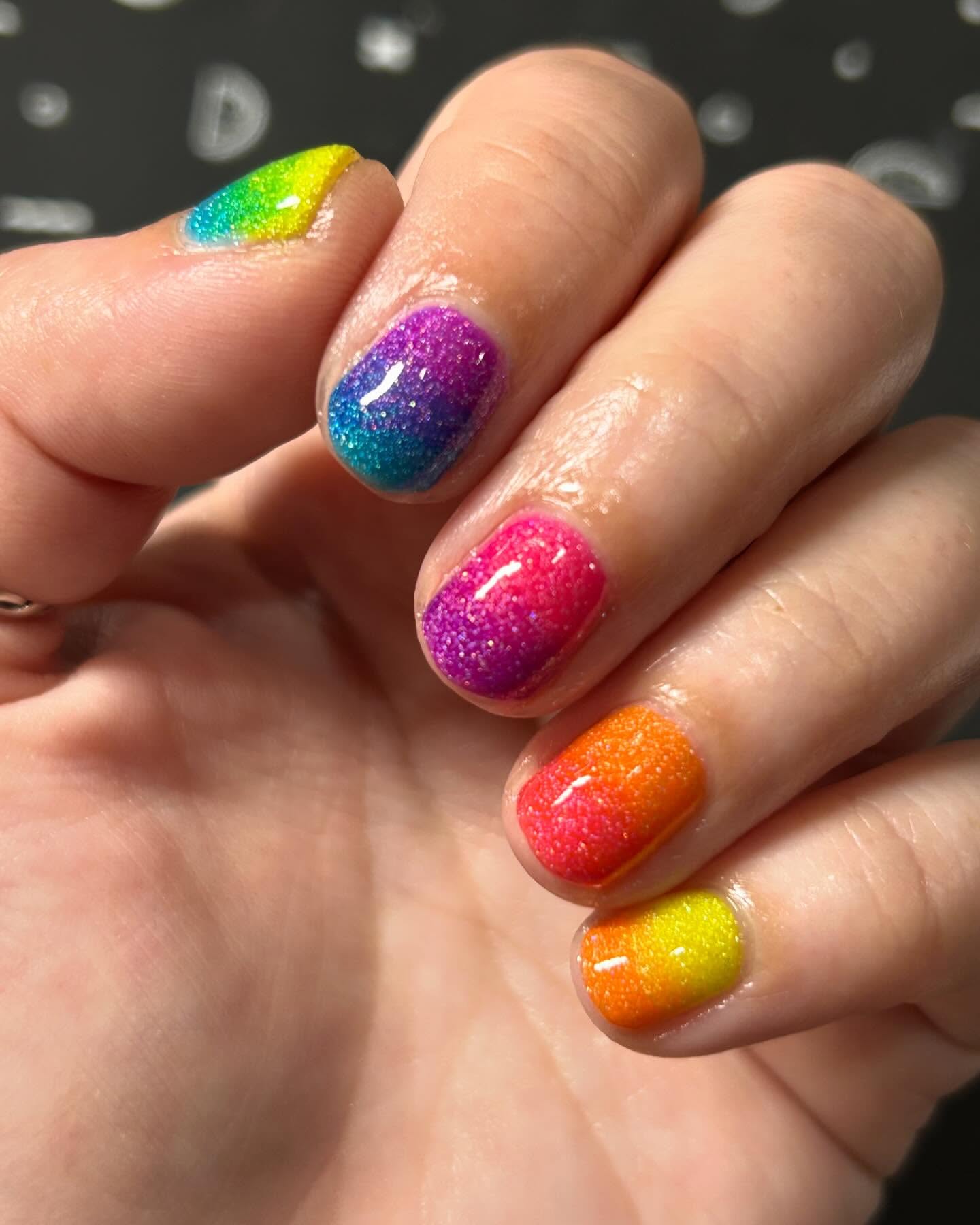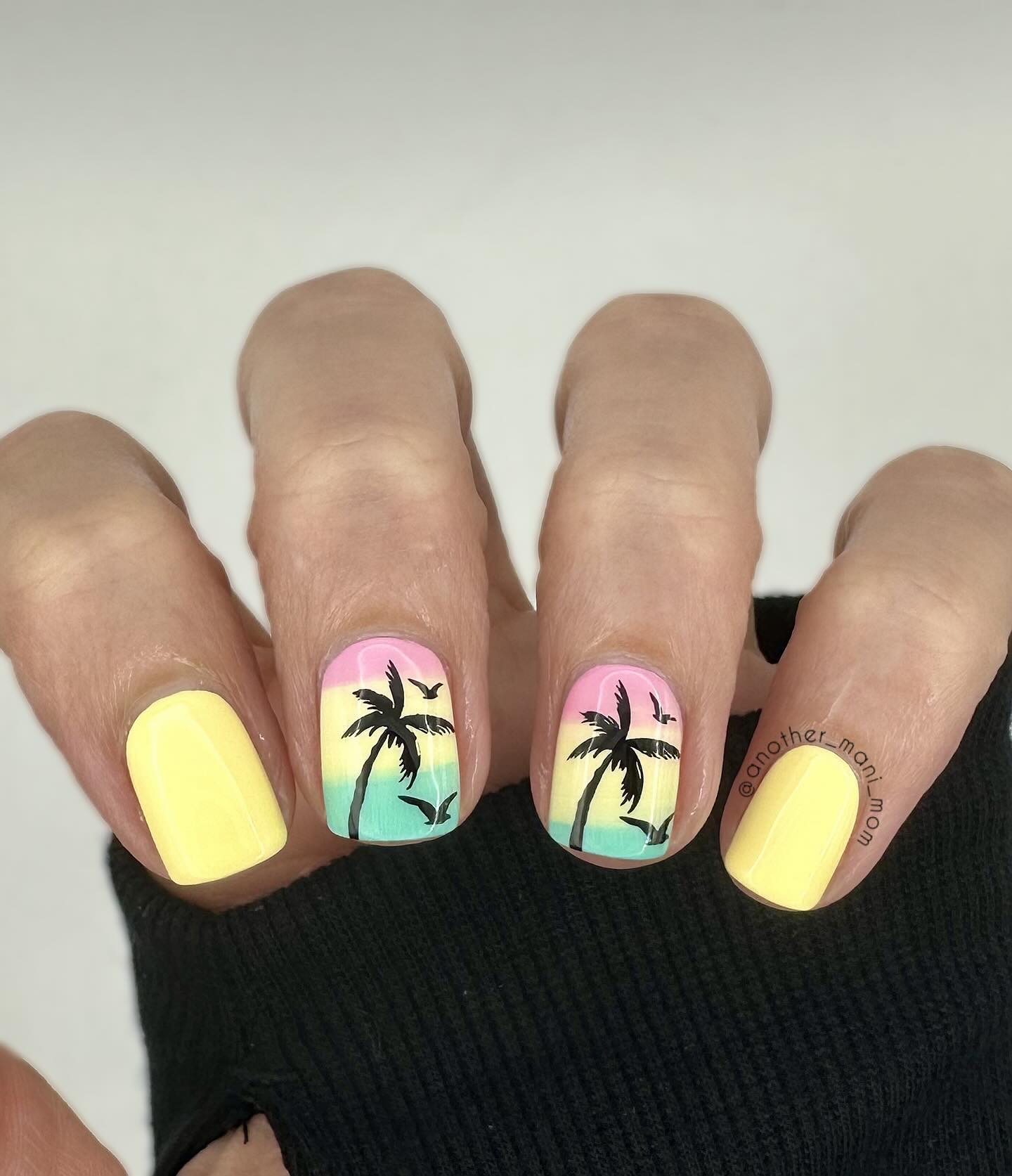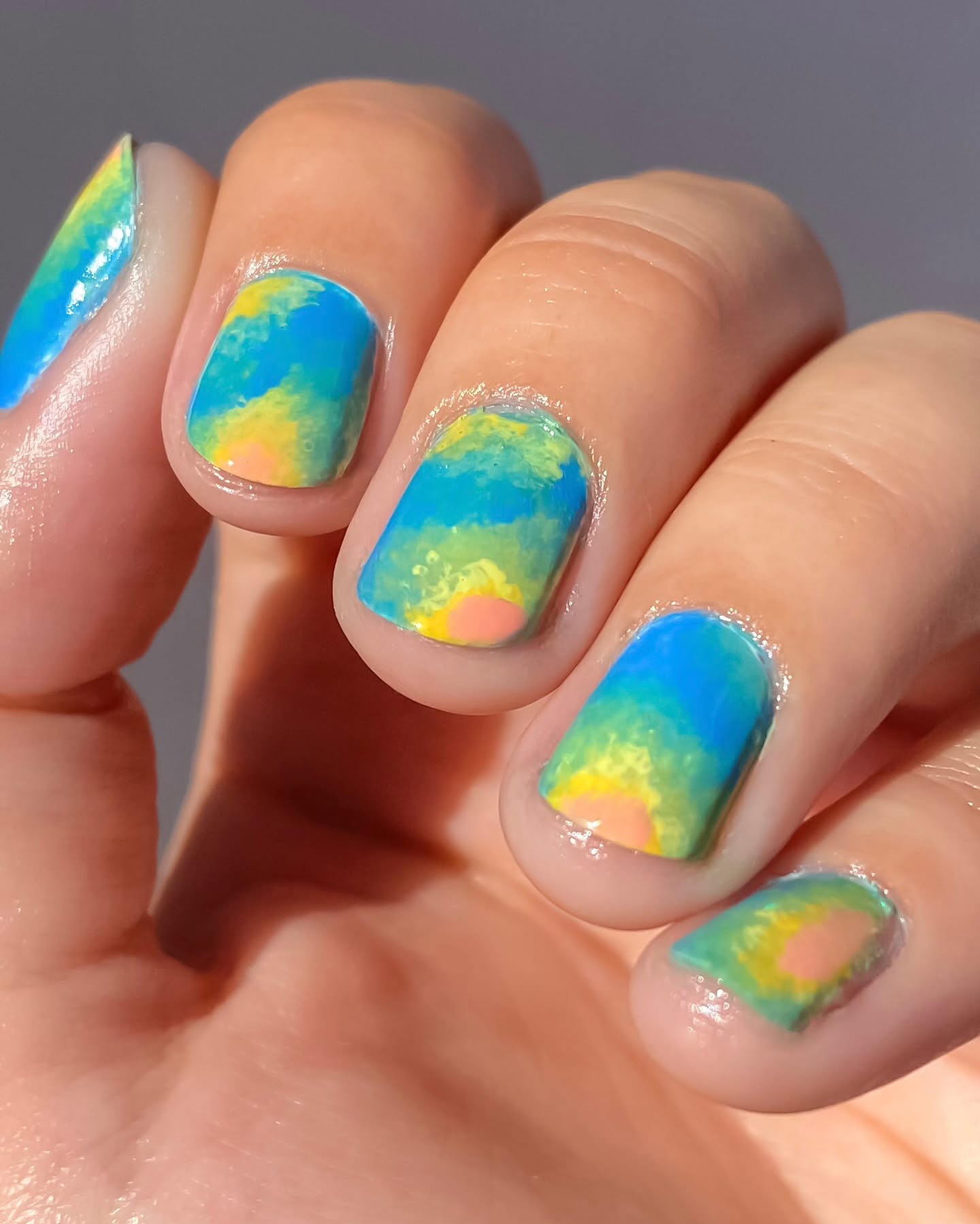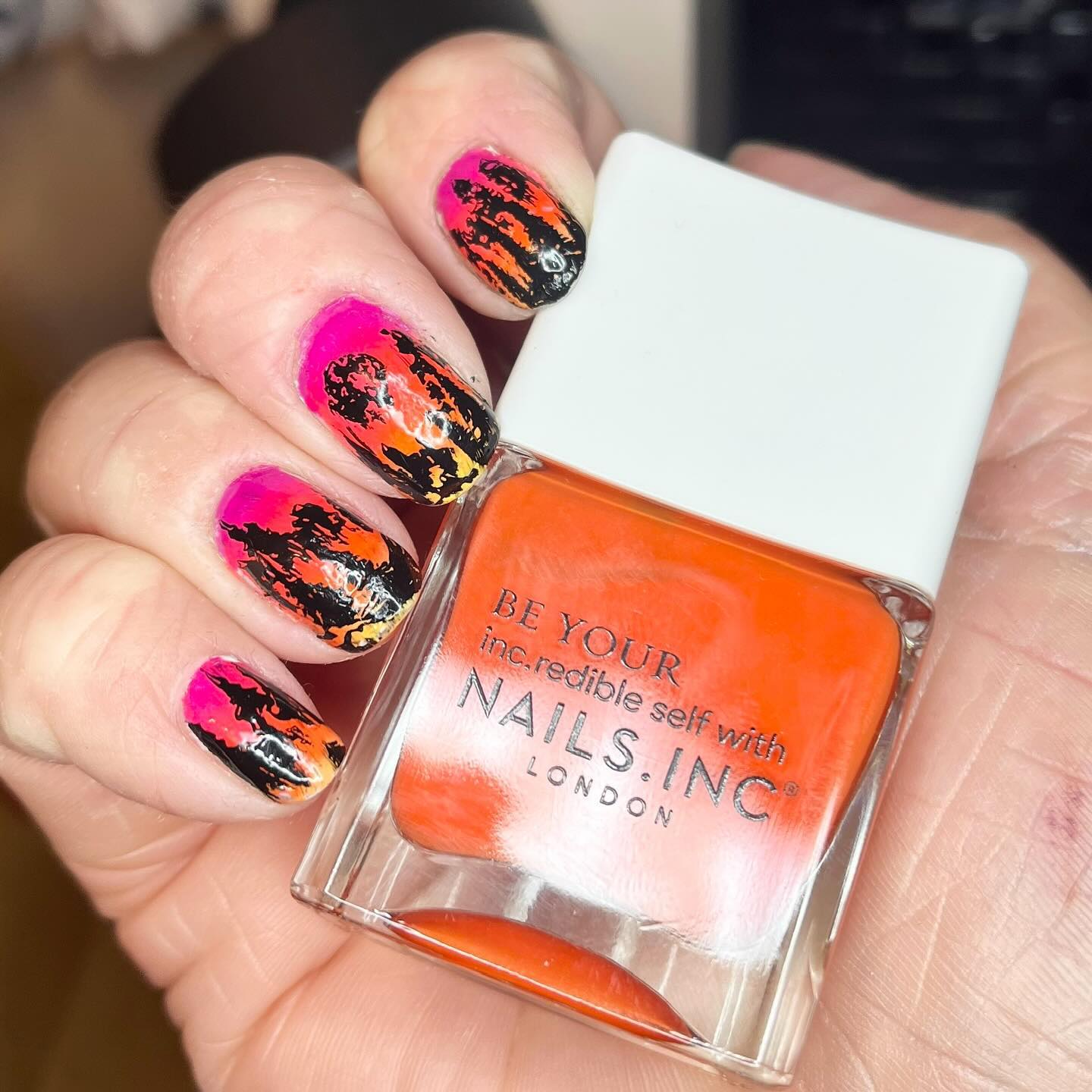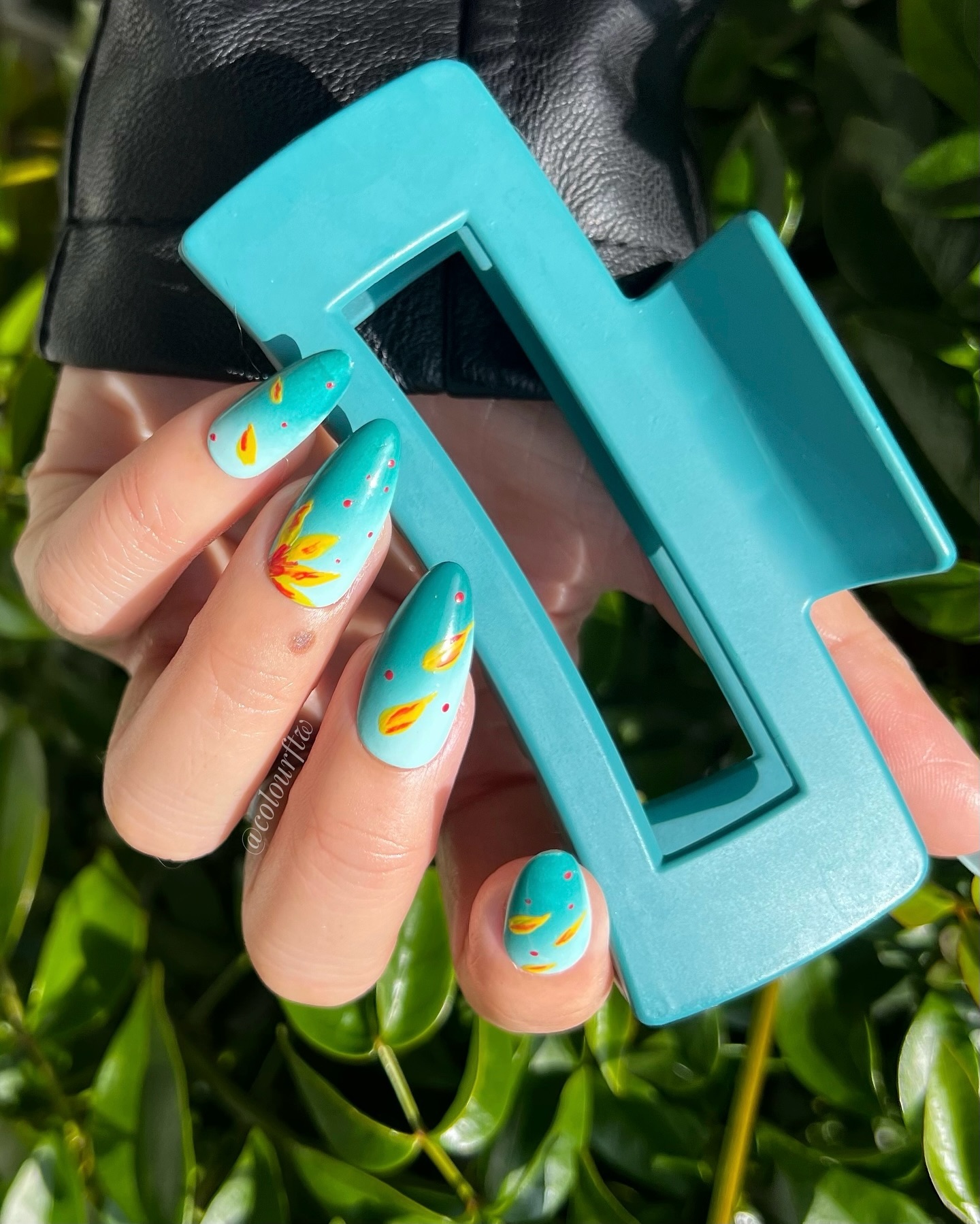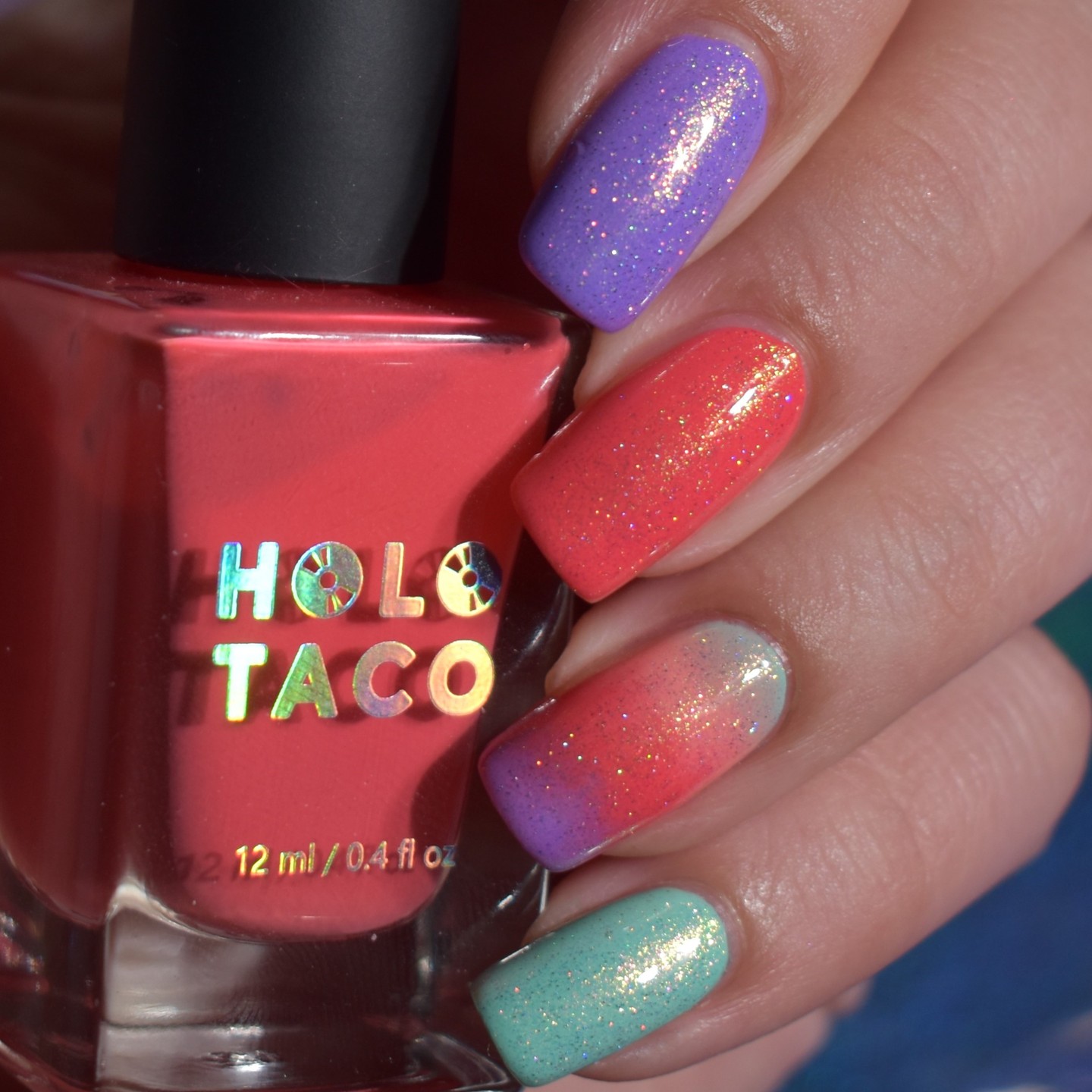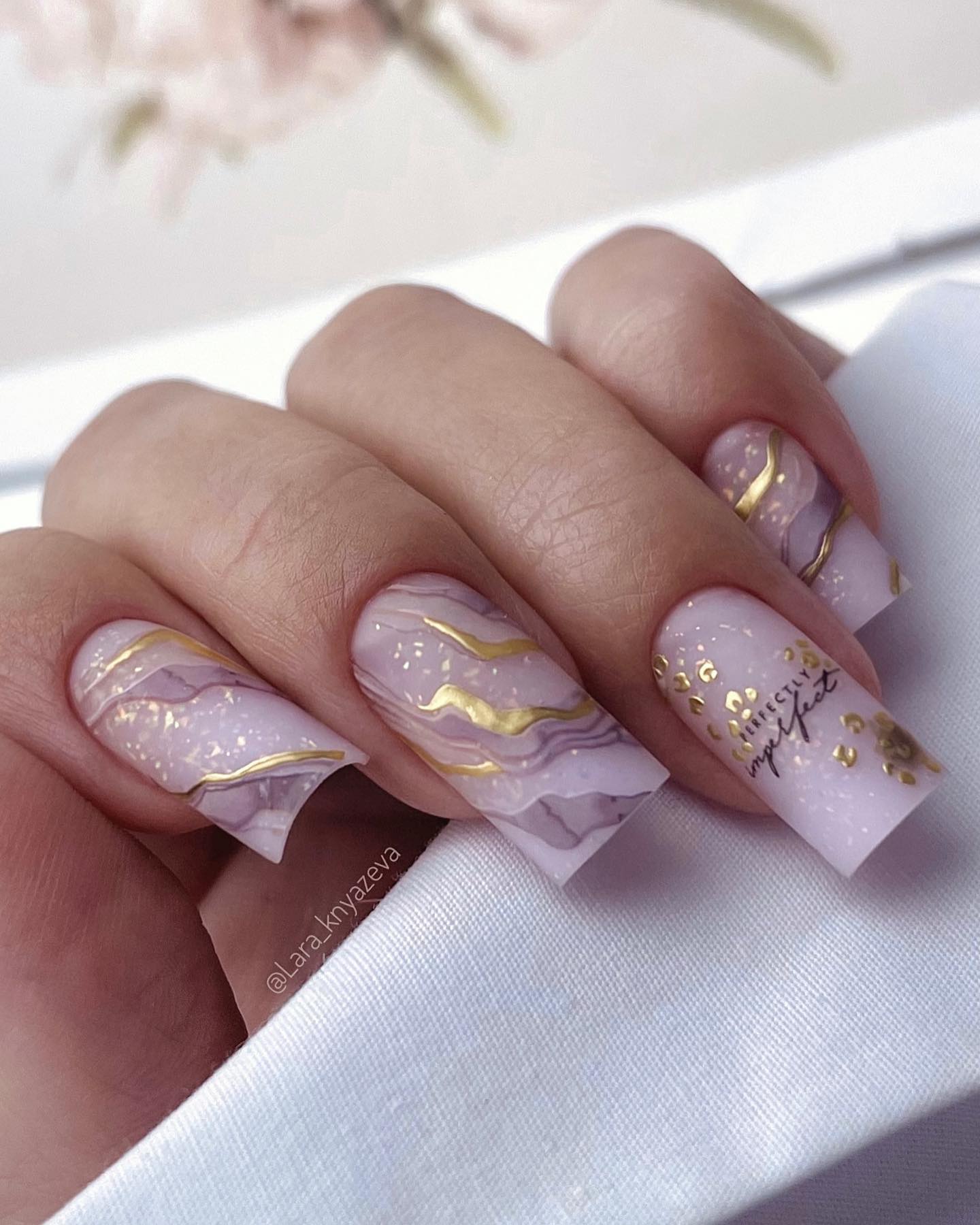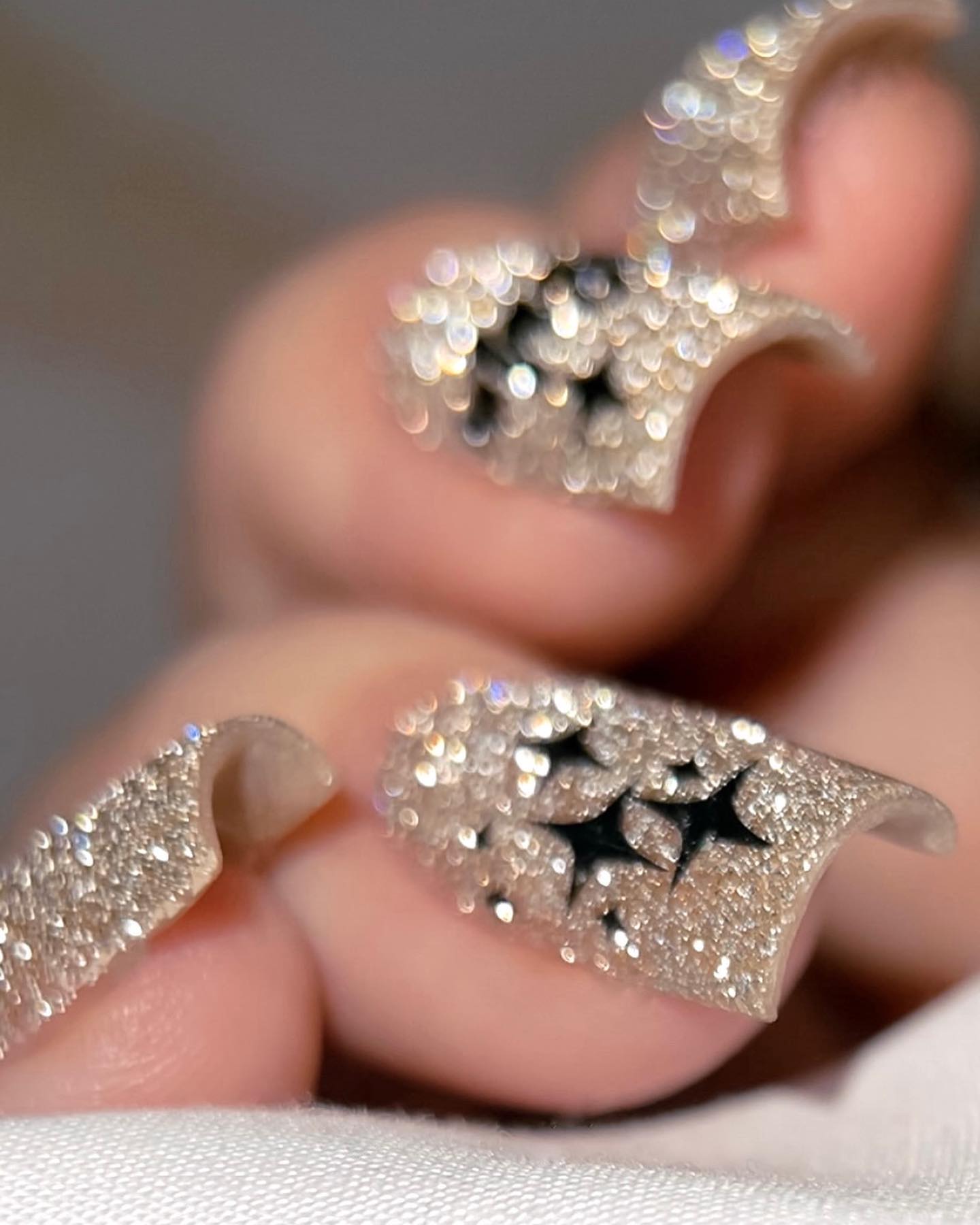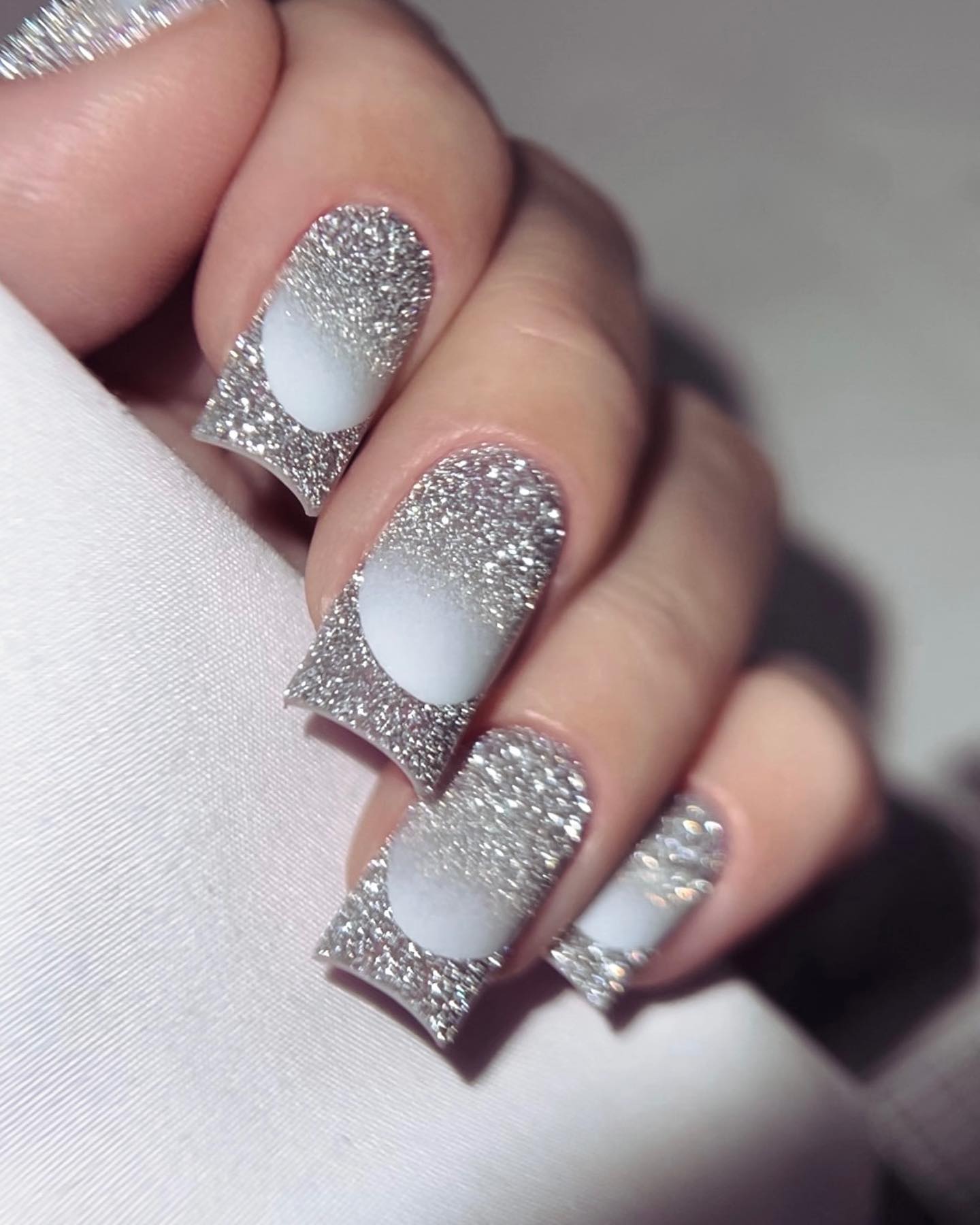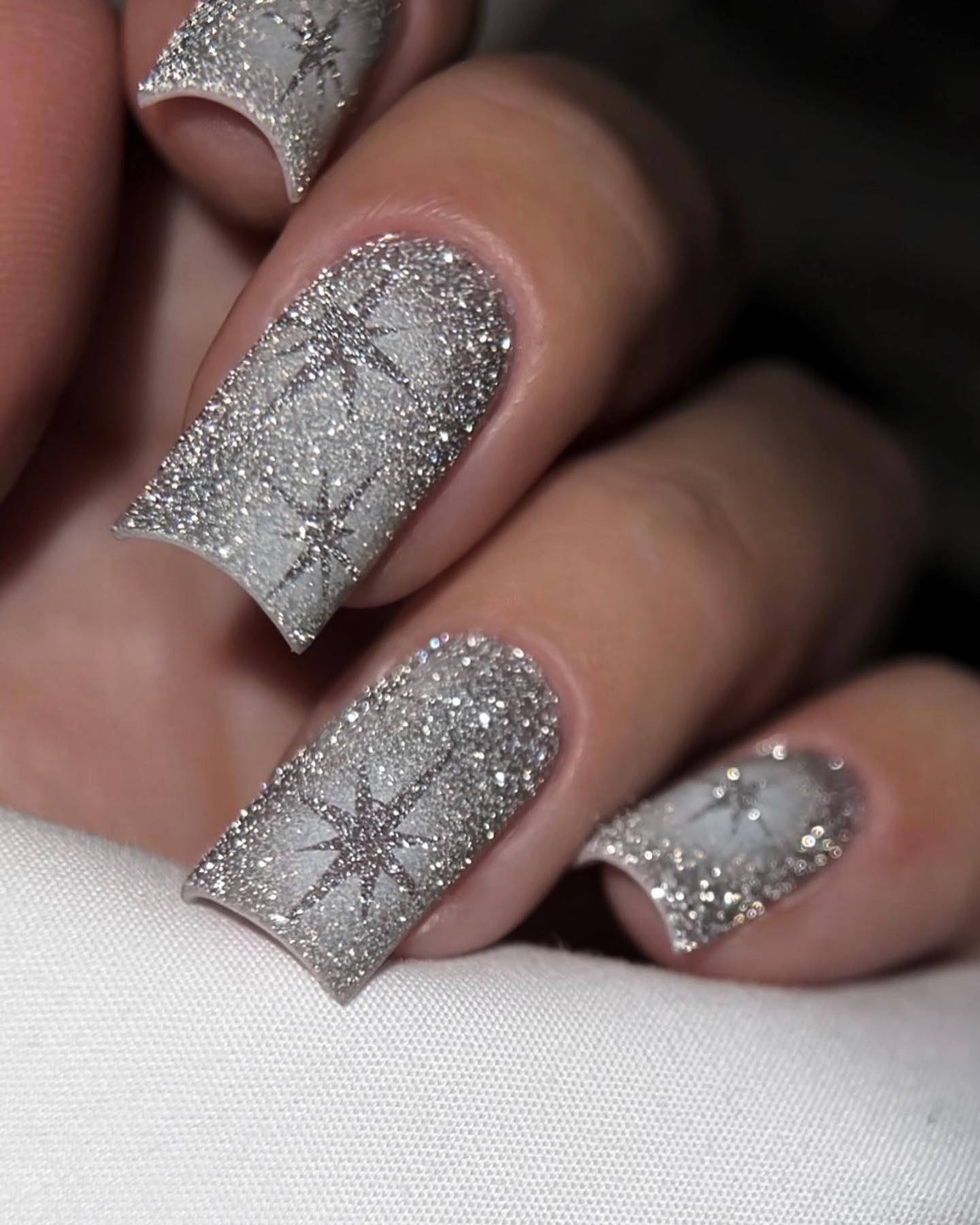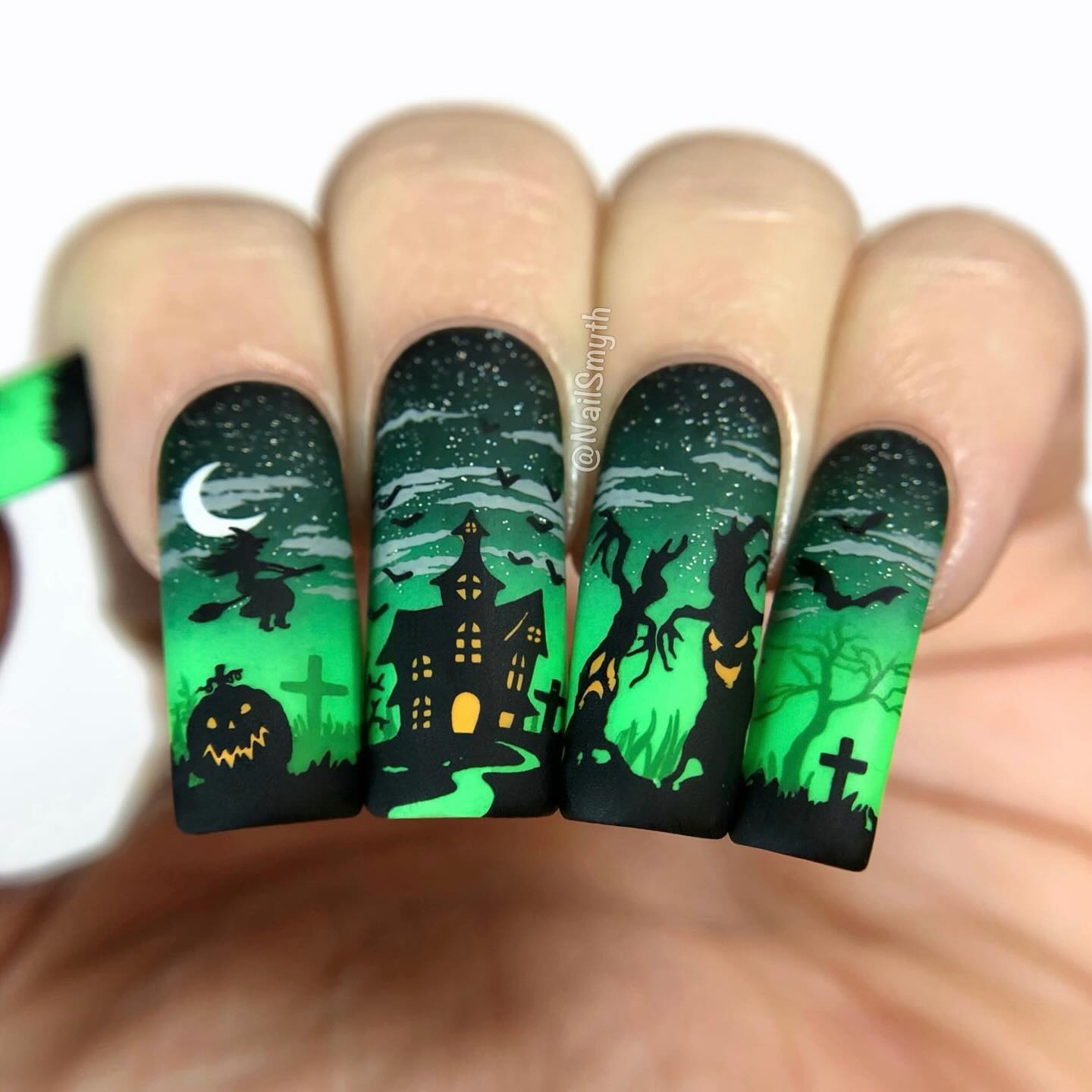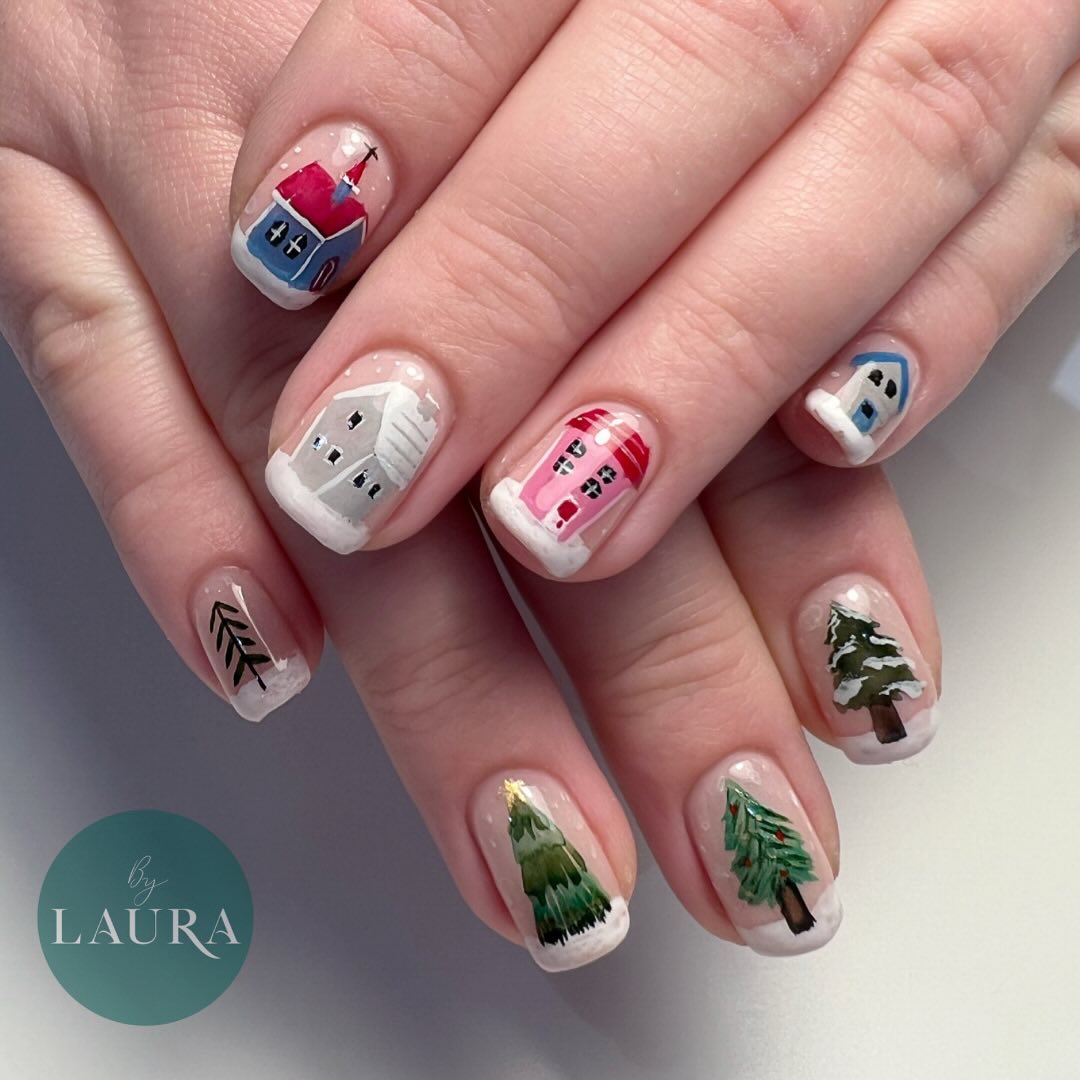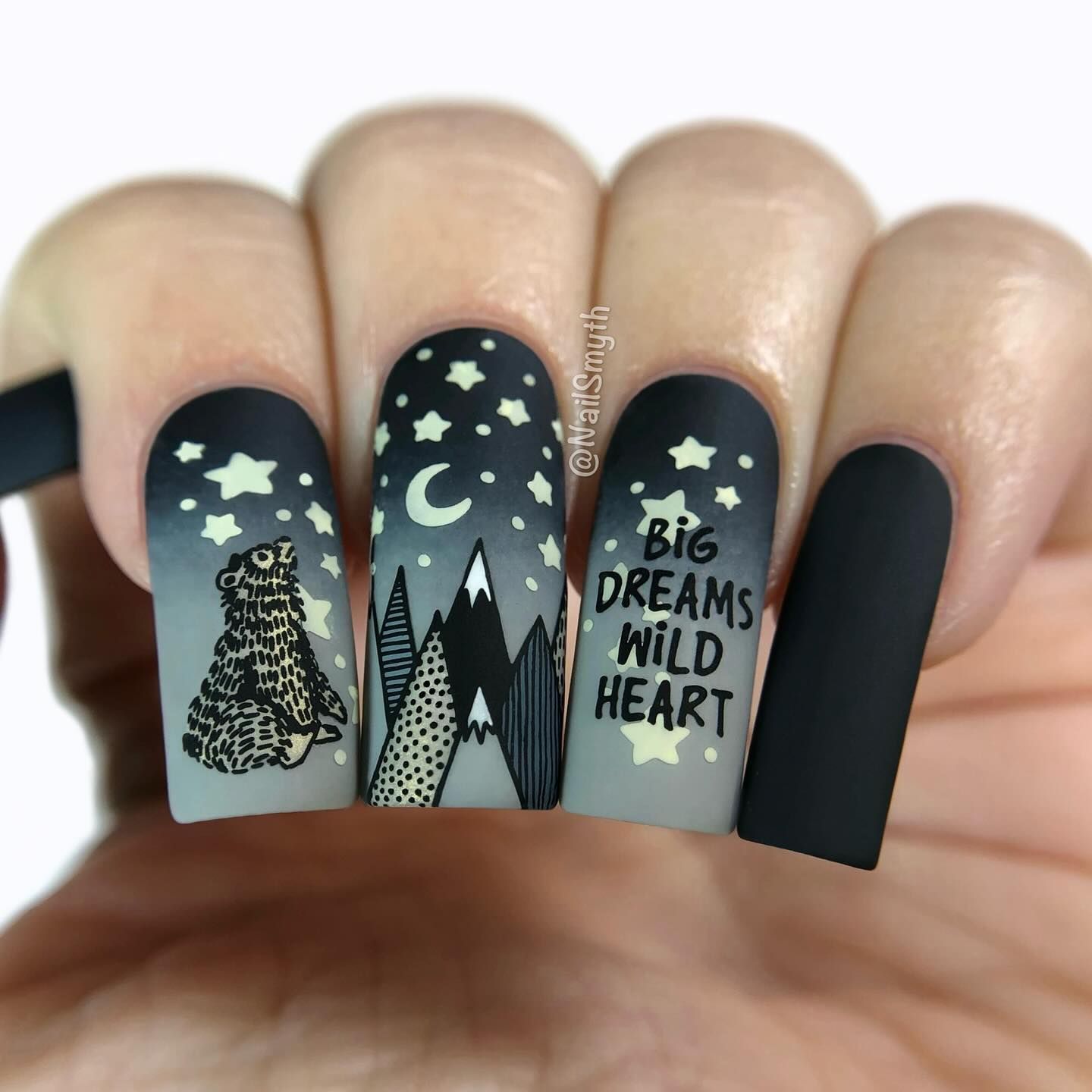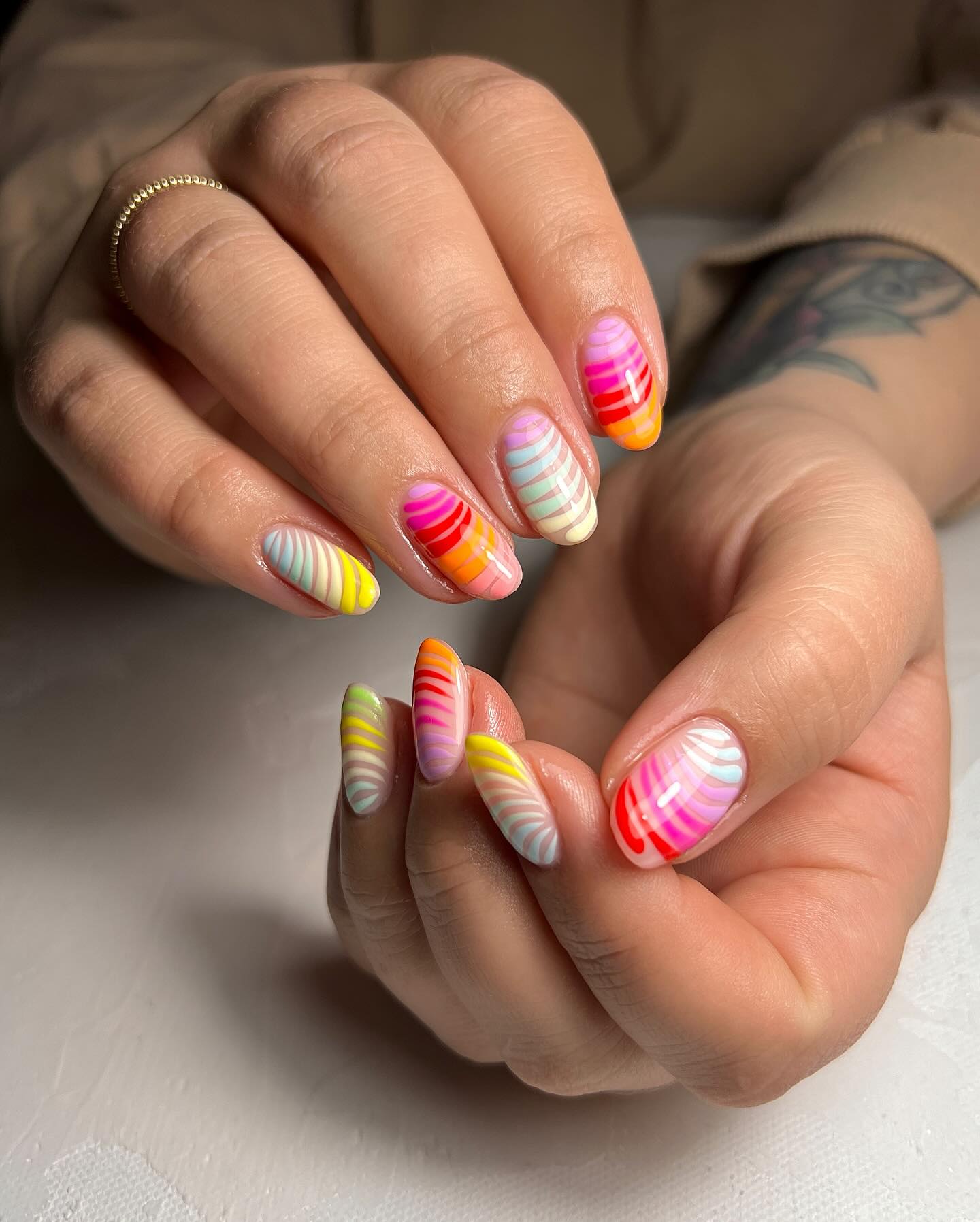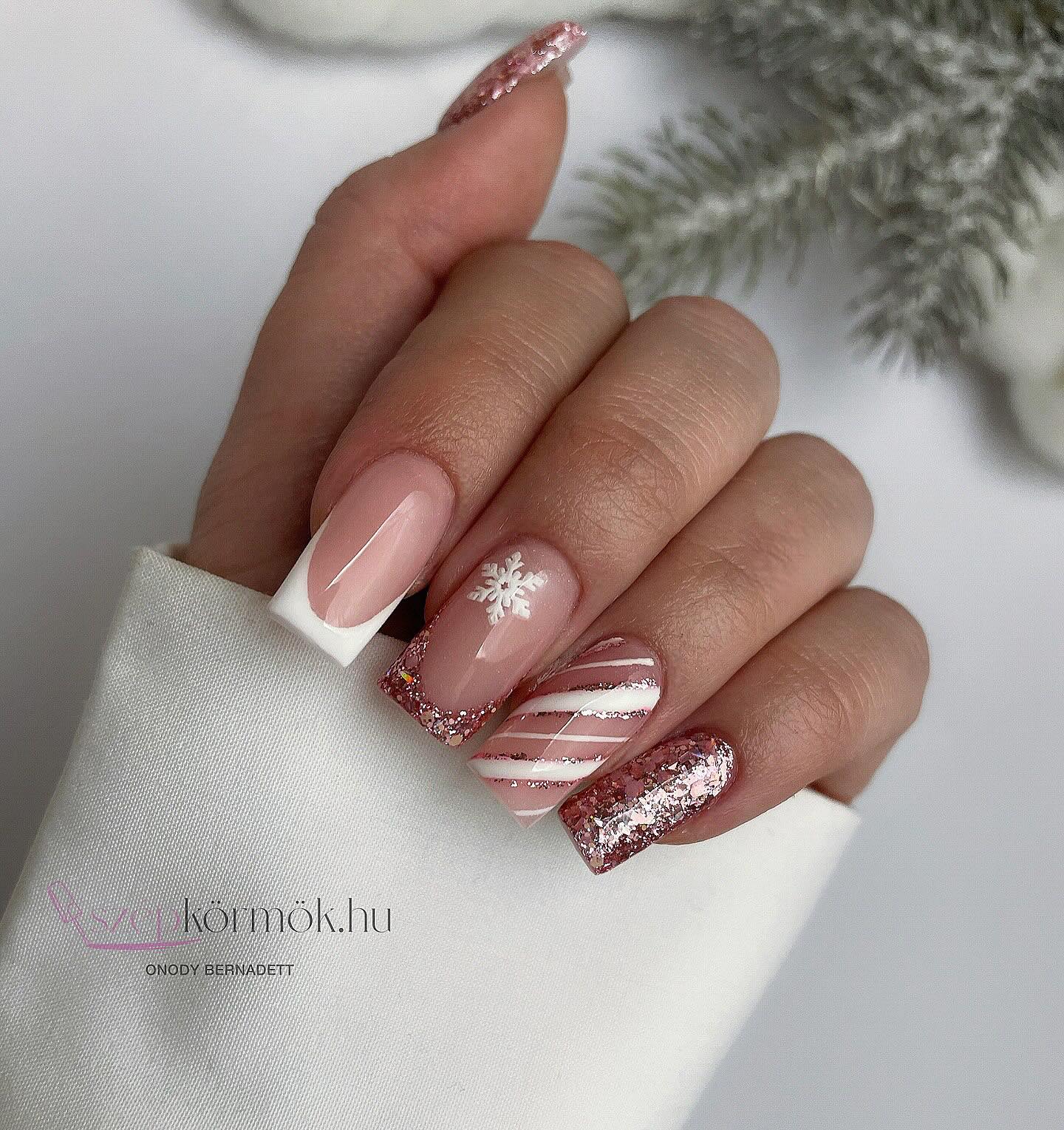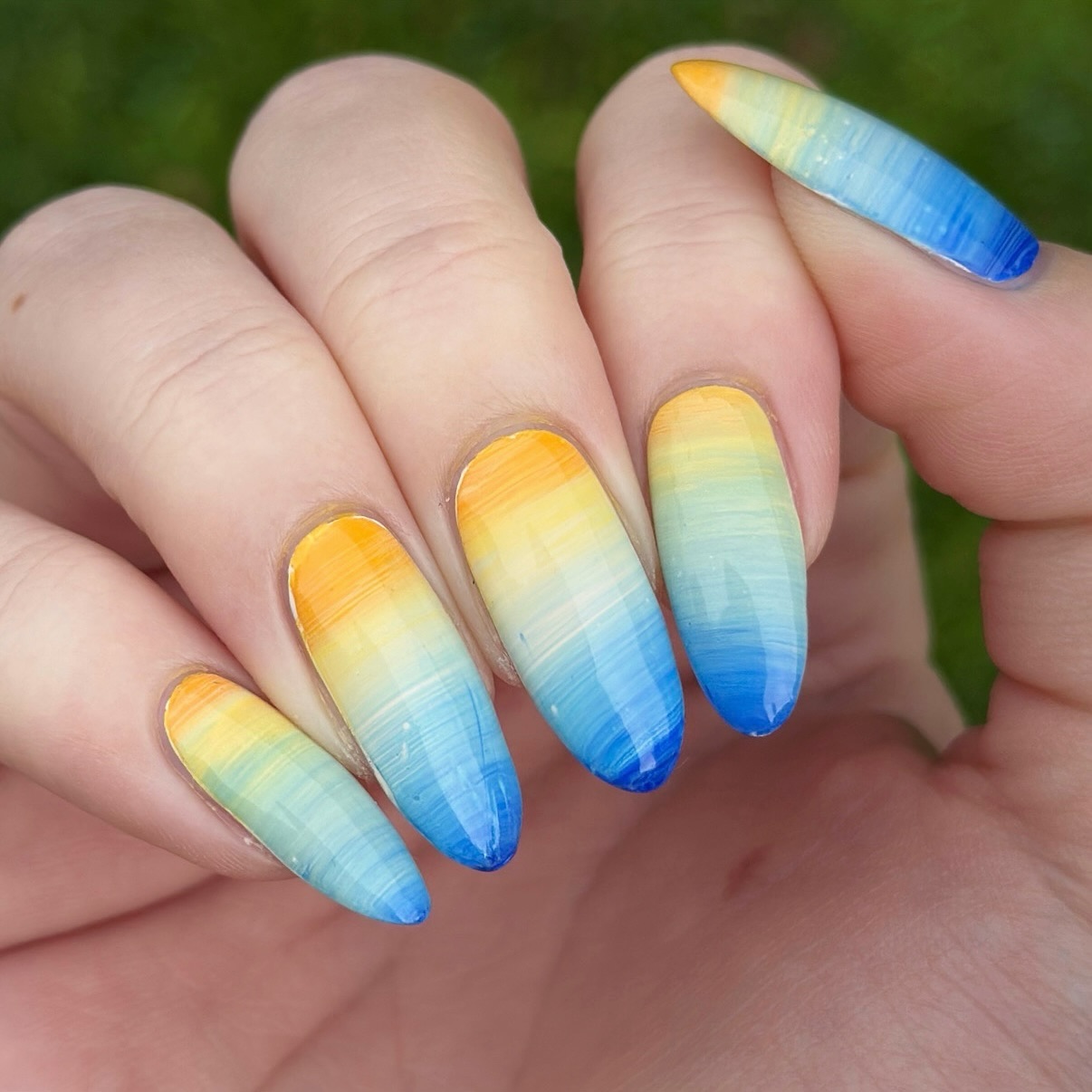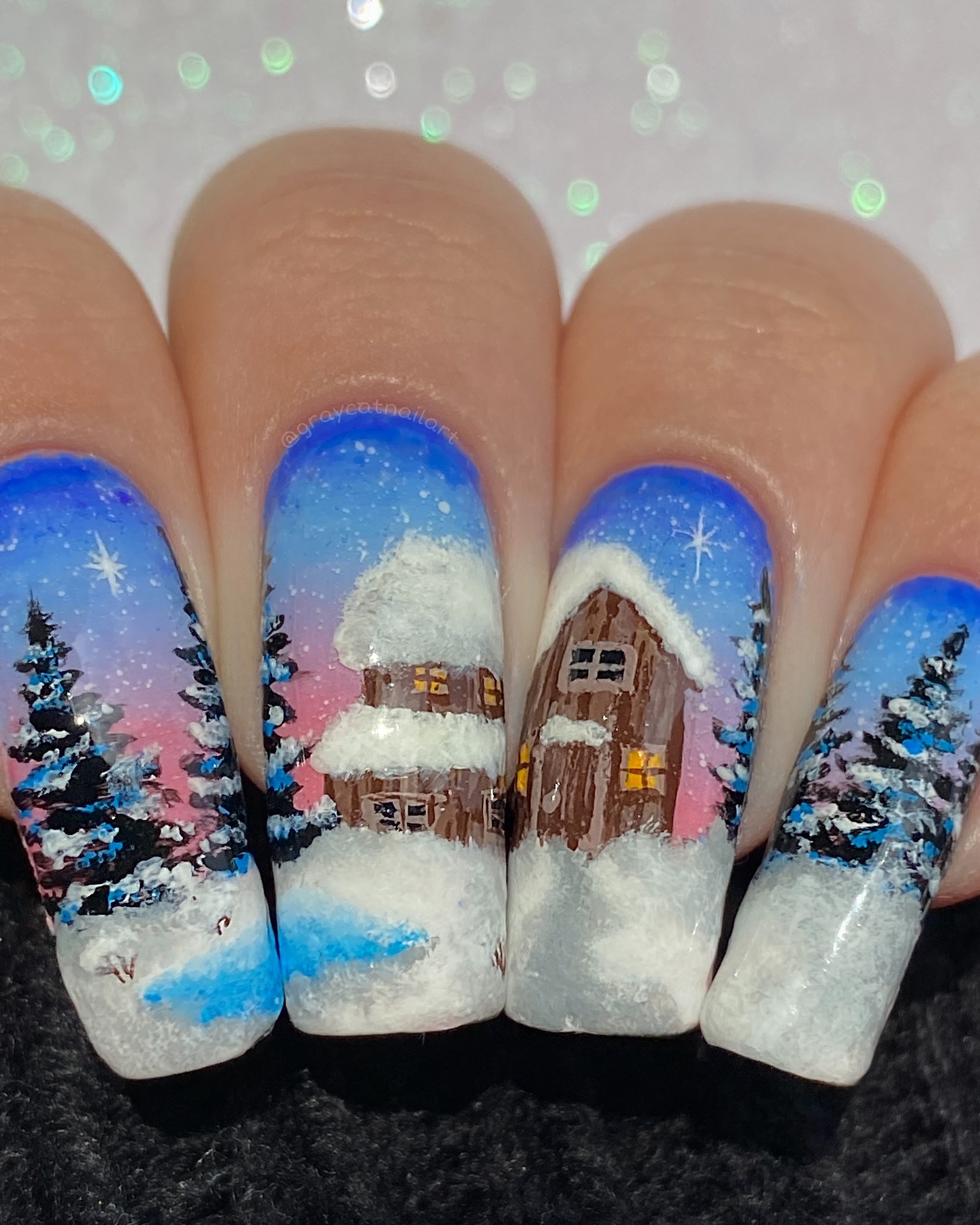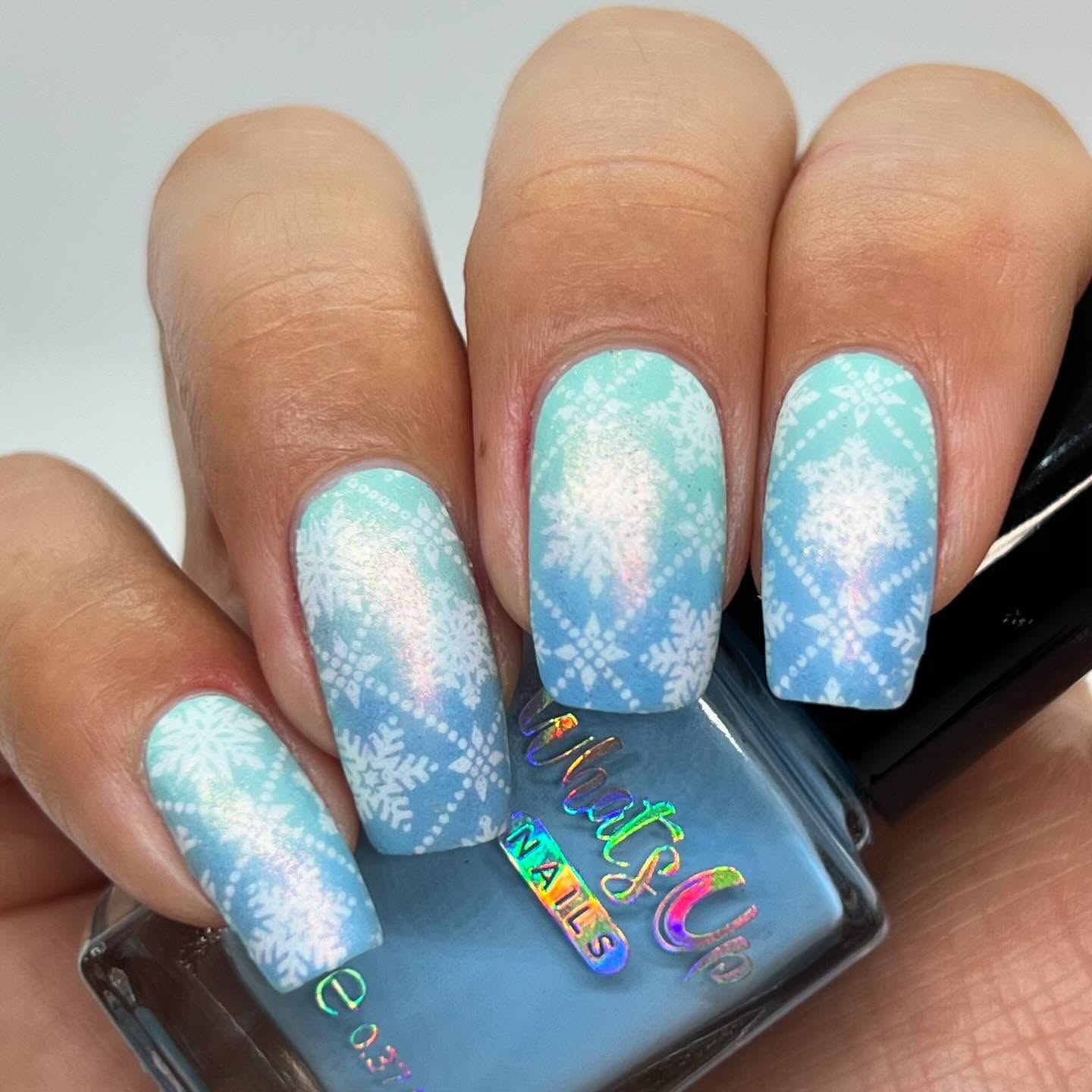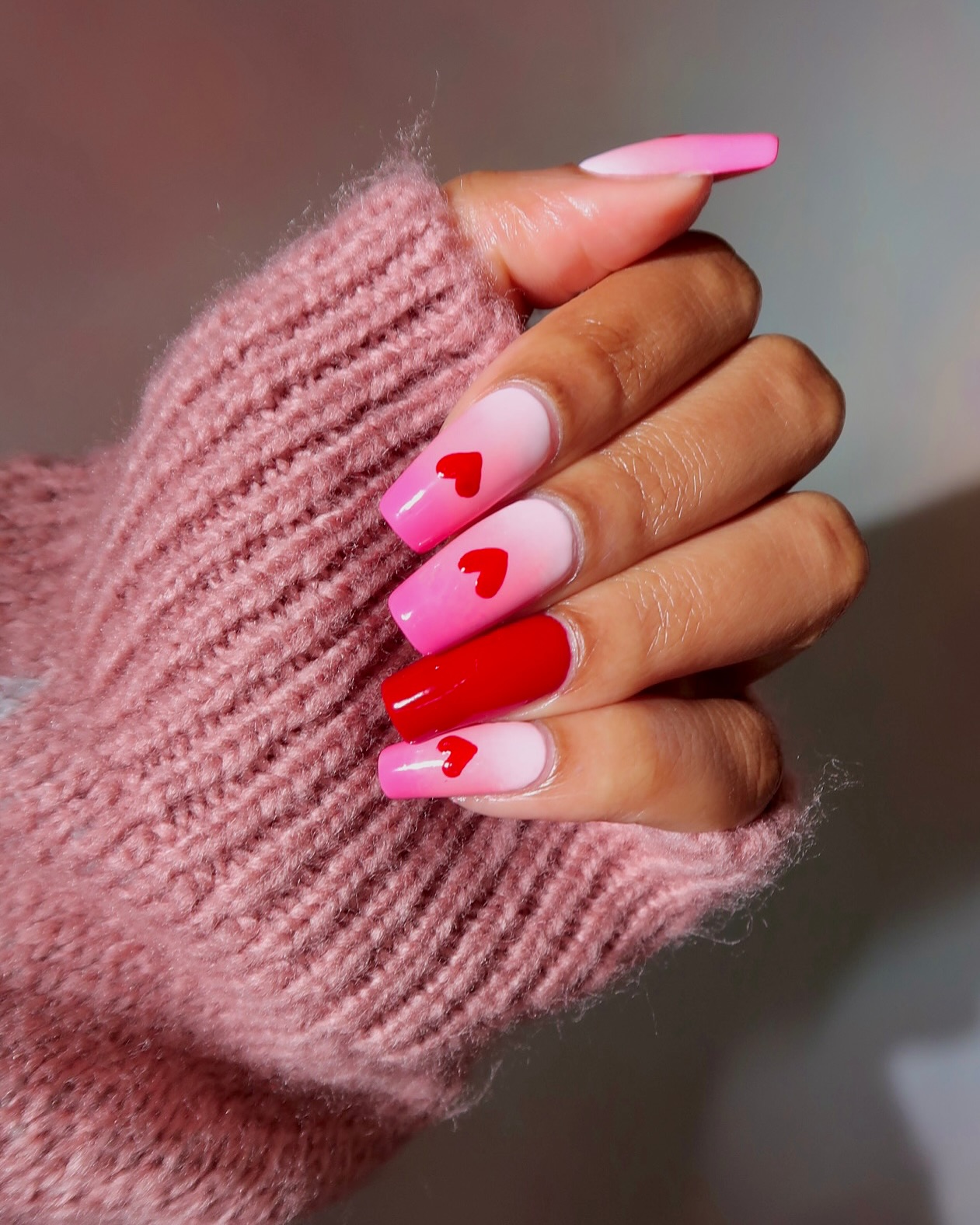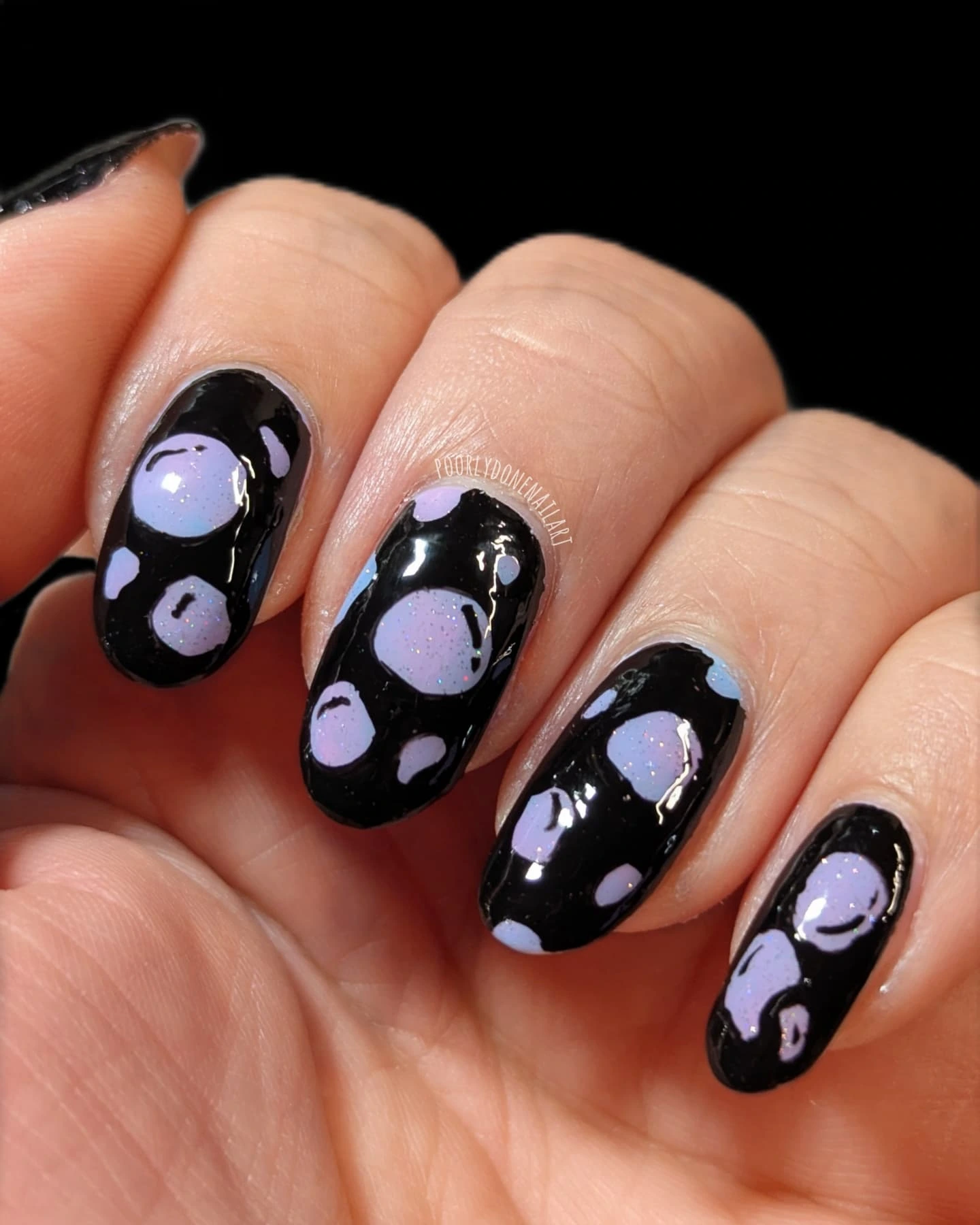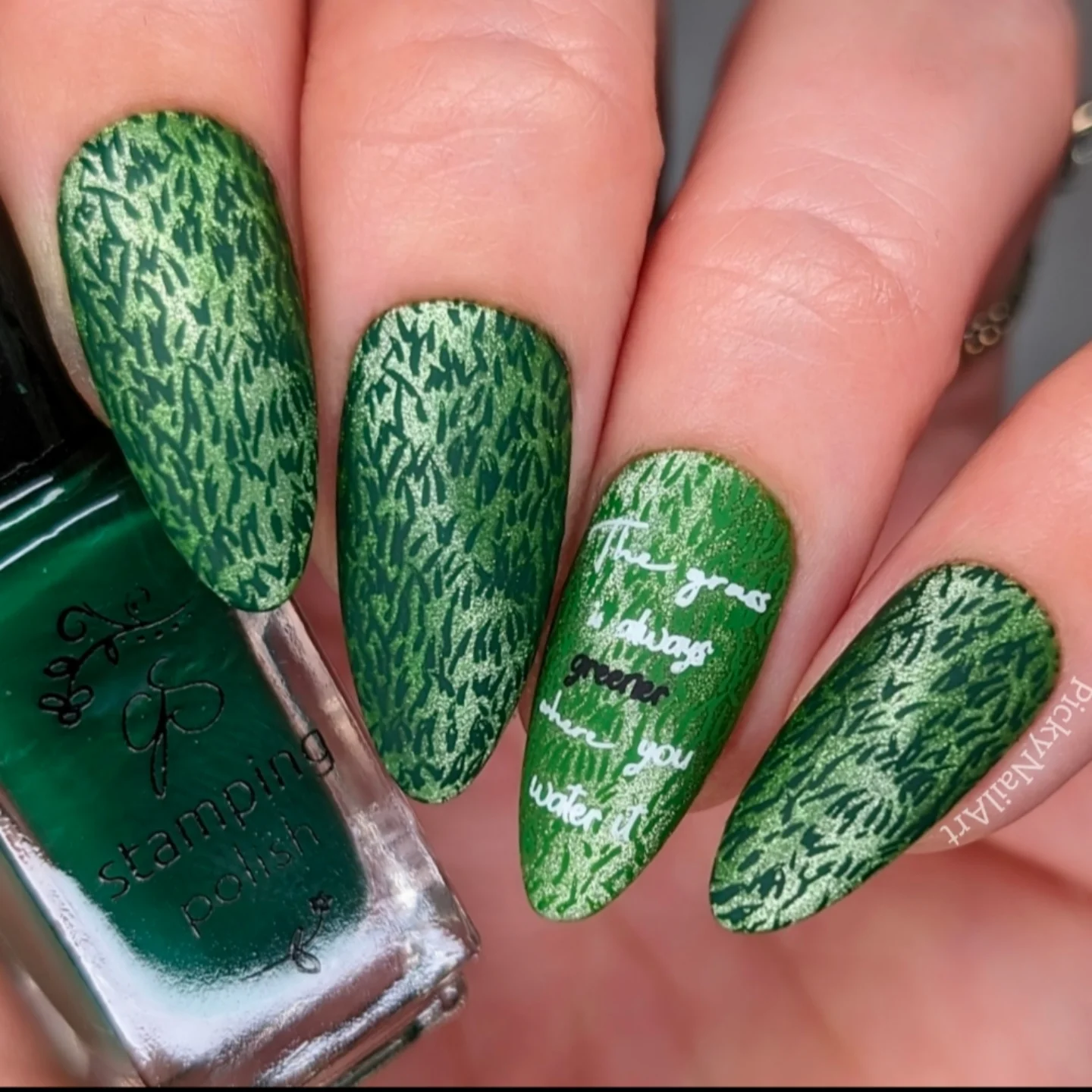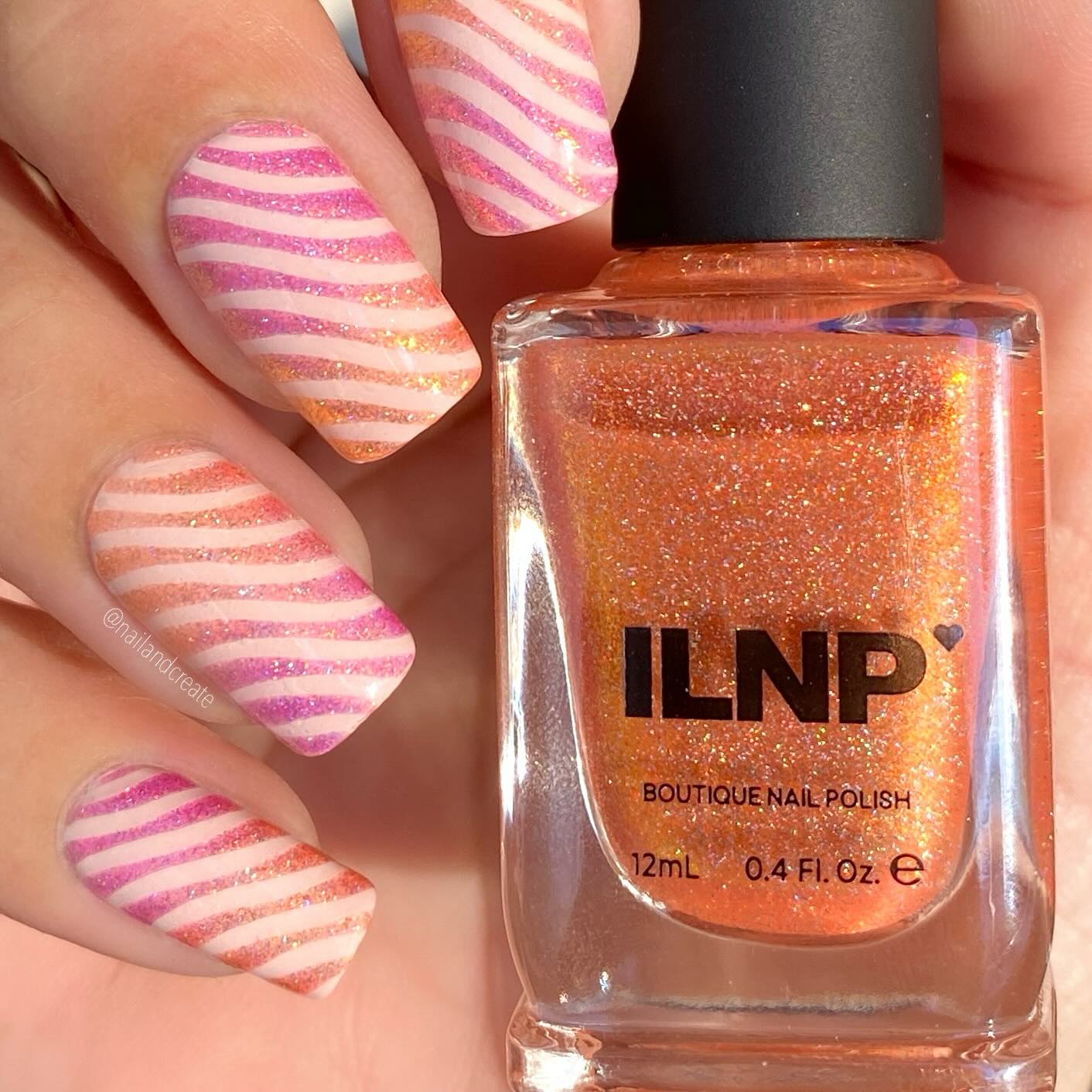33+ Between Seasons: Transitional Nail Art That Works From Winter to Spring
Have you ever found yourself staring at your nail polish collection, feeling caught between the deep, cozy hues of winter and the bright, fresh colors of spring? You're not alone. That awkward in-between period when seasons change presents a unique challenge for nail enthusiasts. But what if this transitional time could actually inspire some of your most creative and versatile manicures? Let's explore how to master the art of seasonal nail transitions that are as adaptable as they are beautiful.
The Challenge of Dressing—and Decorating Nails—During Seasonal Shifts
"The hardest outfit to put together isn't for a special occasion—it's for that random Tuesday in March when it's 30 degrees in the morning and 65 by afternoon," laughs fashion and beauty consultant Emma Richardson. The same principle applies to our nails. Winter calls for rich, deep colors and cozy textures, while spring demands freshness and light. During the transition, neither feels quite right on its own.
This seasonal limbo affects more than just our color choices. The fluctuating weather conditions—from dry, heated indoor environments to sudden rain showers and temperature swings—create unique challenges for nail durability and care. A manicure that might last two weeks in stable conditions can suddenly start chipping or peeling when exposed to these environmental changes.
Yet within this challenge lies a creative opportunity. Transitional nail art allows you to embrace the beauty of change itself, creating designs that evolve and adapt just as nature does during these in-between weeks. Rather than fighting against seasonal shifts, your nails can become a canvas that celebrates them.
Color Psychology for Transitional Seasons
Understanding the psychological impact of color can help you create transitional nail designs that feel harmonious rather than conflicted. Winter typically features deep, saturated colors like burgundy, forest green, navy, and charcoal—colors that create feelings of warmth, coziness, and sophistication. Spring, by contrast, brings pastels, bright greens, soft pinks, and clear blues that evoke freshness, growth, and renewal.
Moving from Winter's Deep Tones to Spring's Brightness Gradually
"The key to a successful seasonal transition in any design element is gradual change," explains color psychologist Dr. Sarah Chen. "Our minds respond positively to subtle shifts but can find abrupt changes jarring."
This principle explains why jumping directly from a deep winter burgundy to a pastel pink can feel visually discordant. Instead, consider creating a progression: move from burgundy to a softer mauve, then to a dusty rose, before embracing that full pastel pink. This gradual shift mirrors the way nature itself transitions between seasons.
For a practical application, try a different shade on each nail, creating an ombré effect across your hand that tells the story of winter melting into spring. This approach feels intentional rather than indecisive and creates a conversation-worthy manicure that showcases your understanding of color theory.
The Power of "Bridge Colors" That Work in Multiple Seasons
Certain colors have the unique ability to feel appropriate in both winter and spring contexts. These "bridge colors" become your best friends during seasonal transitions.
"Sage green is perhaps the ultimate bridge color," suggests celebrity nail artist Jason Lopez. "It has the depth and sophistication to work with winter palettes but also connects beautifully to spring's natural themes."
Other effective bridge colors include:
- Dusty blue: Less severe than winter navy but more sophisticated than spring sky blue
- Mauve: Warmer than winter purples but more grounded than spring lavenders
- Copper: Adds warmth like winter metallics but connects to spring's earth tones
- Soft white: Less stark than winter's bright white but cleaner than cream
Using these bridge colors as your base or accent shades creates manicures that won't feel out of place regardless of whether the day brings snow flurries or sudden sunshine.
Creating Harmony Between Contrasting Seasonal Palettes
When you want to incorporate both winter and spring elements in one design, the key is creating visual harmony between potentially contrasting colors. Color theory offers several approaches:
"I love using the 'connecting color' technique," shares nail educator Maya Williams. "If you want to use both a deep winter burgundy and a fresh spring pink, include a transitional shade like mauve that connects them. This creates a visual bridge that makes the contrast feel intentional rather than clashing."
Another effective approach is to adjust the saturation and brightness levels. Winter colors tend to be more saturated and less bright, while spring colors are often brighter with lower saturation. By slightly desaturating your spring shades or brightening your winter tones, you can create more cohesive combinations.
For the truly color-shy, neutrals provide a safe haven during seasonal transitions. Taupes, soft grays, and beiges work year-round and can be accented with small pops of seasonal color that can be updated as needed.
Versatile Nail Art Techniques for Changing Weather
Beyond color selection, certain nail art techniques naturally lend themselves to seasonal transitions, offering flexibility and adaptability as the weather shifts.
Gradient Designs That Blend Seasonal Colors
Gradient or ombré techniques create a natural progression from one color to another, making them perfect for blending winter's depth with spring's brightness.
"Vertical gradients are particularly effective for seasonal transitions," explains nail technician Olivia Park. "I start with a deeper winter shade at the cuticle, gradually blending into a lighter spring tone at the tip. This creates a manicure that feels balanced regardless of the weather outside."
This technique works with related colors (like navy to sky blue) or complementary seasonal shades (like burgundy fading to soft pink). For the most sophisticated effect, use three colors rather than two—a winter shade, a bridge color, and a spring tone—to create a more nuanced gradient.
For those new to gradient techniques, sponge application offers the most foolproof approach. Paint your three chosen colors in stripes on a makeup sponge, then dab onto nails for a seamless blend. Cleanup is easy with a small brush dipped in acetone.
Abstract Patterns That Incorporate Both Seasons' Elements
Abstract nail art provides the perfect canvas for combining seasonal elements without requiring precise artistic skills.
"I love creating abstract winter-to-spring designs using simple shapes and lines," shares nail artist Emma Johnson. "For example, I might use a deep navy base with organic swirls of white (representing winter snow) and small dots of pale green (suggesting spring buds). The abstract nature means there's no 'wrong' way to do it."
Popular abstract techniques for seasonal transitions include:
- Brushstrokes: Quick, imperfect strokes in contrasting seasonal colors
- Geometric blocking: Angular shapes in complementary winter and spring shades
- Splatter: Tiny flecks of bright spring colors over deeper winter bases
- Marbling: Swirled combinations of seasonal colors for an artistic effect
The beauty of abstract designs is their forgiving nature—imperfections add character rather than detracting from the overall effect.
Negative Space Designs That Can Be Adapted as Seasons Progress
Negative space nail art—designs that intentionally leave portions of the natural nail visible—offers unparalleled versatility during seasonal transitions.
"Negative space designs are the chameleons of nail art," explains editorial nail stylist Jordan Rivera. "They can be updated or modified as the seasons change without requiring a complete removal and restart."
For example, a negative space design with geometric winter elements can be refreshed with small spring accents as the weather warms. The clear portions provide a neutral canvas that works with both seasonal aesthetics.
This approach is particularly practical for those who prefer to maintain their manicures for extended periods. As your nails grow, the design evolves naturally, and touch-ups can incorporate increasingly spring-appropriate elements.
Layering Techniques That Allow for Easy Updates
Strategic layering creates nail designs with built-in adaptability, perfect for unpredictable transitional weather.
"I create what I call 'evolution manicures' for clients during seasonal changes," shares innovative nail technician Sophia Chen. "We start with a winter-appropriate base design, then I teach them how to add simple spring elements at home as the season progresses. It's like getting multiple manicures for the price of one."
For example, a simple French manicure with a deep winter shade can be updated with small floral accents as spring approaches. Or a solid winter color can be transformed with spring-themed nail stickers or stamping as the weather warms.
This approach requires planning ahead—choosing initial designs that will accommodate later additions—but offers exceptional value and adaptability.
Winter-to-Spring Transitional Design Ideas
Now that we understand the principles behind successful transitional nail art, let's explore specific design concepts that beautifully bridge the gap between winter and spring.
Fading Frost: Icy Blues Transitioning to Soft Greens
This design concept captures the moment when winter's last frost gives way to spring's first growth.
"I start with a pale icy blue at the cuticle, blend through a soft seafoam in the middle, and end with a gentle mint green at the tip," describes seasonal nail artist Lily Taylor. "The effect mimics the way frost gradually retreats as green begins to emerge in nature."
For added dimension, consider adding small silver accents near the cuticle (representing frost crystals) and tiny white dots toward the tip (suggesting small blossoms). A matte top coat over the blue portions and glossy finish over the green creates textural contrast that enhances the seasonal story.
This design works on nails of all lengths but makes a particularly striking statement on longer shapes where the gradient has more space to develop.
Melting Moments: Dark Backgrounds with Emerging Bright Accents
This concept plays with the idea of spring colors "melting" through a winter background, like the first crocuses pushing through snow.
"I create a deep charcoal or navy base—representing the last of winter—then add 'pools' of bright spring colors that appear to be melting through from underneath," explains creative nail designer Alex Kim. "The technique creates this magical sense of emergence and transformation."
To achieve this effect, start with a dark winter base color. Once dry, use a small detail brush to create irregular rounded shapes in bright spring colors like yellow, pink, or lavender. The shapes should have soft, organic edges rather than crisp lines, mimicking the natural melting process.
For a three-dimensional effect, add a thick layer of clear top coat just over the "melting" areas, creating the illusion of liquid pooling on the surface.
Sprouting Designs: Earth Tones with Tiny Pops of Growth
This nature-inspired concept celebrates the moment when new growth begins to appear from dormant earth.
"I love creating a rich brown or taupe base—representing the soil—then adding tiny green 'sprouts' emerging from the cuticle area," shares botanical nail artist Rosa Martinez. "It's subtle but tells such a powerful story of renewal and hope."
The key to this design is restraint with the sprouting elements. Small, simple lines in varying shades of green create the most realistic effect. Consider adding tiny dots of white or yellow at the tips of some sprouts to suggest the first spring buds or flowers.
This design concept works beautifully on shorter, natural nails and offers a sophisticated take on seasonal transition that's appropriate for professional environments.
Sunset Inspiration: Warm Transitional Skies Captured on Nails
The changing quality of light during seasonal transitions creates spectacular sunsets that offer perfect inspiration for nail art.
"Transitional season sunsets have this unique quality—often featuring both winter's deep purples and spring's warm pinks in the same sky," notes landscape-inspired nail artist Jamie Wong. "Recreating these sunset gradients on nails captures that magical in-between time."
To create a sunset-inspired transitional manicure, use a sponging technique to blend colors horizontally across the nail. Start with deeper purple or burgundy at one side, blending through magenta and coral to end with soft pink or peach. For added dimension, add a silhouette of bare tree branches (representing winter) on some nails and tiny birds in flight (suggesting spring migration) on others.
This dramatic look makes a perfect weekend or special occasion manicure when you want your nails to become a conversation piece.
Practical Considerations for Transitional Manicures
Beyond aesthetics, transitional seasons create unique practical challenges for maintaining beautiful nails. Addressing these concerns ensures your seasonal nail art remains flawless regardless of weather fluctuations.
Durability Features for Unpredictable Weather Conditions
Transitional seasons often bring the most unpredictable weather—from sudden rain showers to dramatic temperature swings—which can test the durability of any manicure.
"During seasonal transitions, I always recommend a more robust nail system than usual," advises technical nail specialist Dr. Jennifer Lee. "This might mean using a rubber base coat for improved adhesion, applying thinner layers of color for better curing, and definitely using a high-quality top coat designed for extreme durability."
For those using regular polish, consider a chip-resistant formula and refresh your top coat every 2-3 days during transitional seasons. For gel users, proper preparation of the nail plate becomes even more critical during humidity fluctuations, as does thorough curing of each layer.
Nail shape also affects durability during seasonal transitions. Squoval (squared oval) shapes tend to withstand environmental changes better than pointed shapes, which are more prone to breaking when hands move between dry indoor heating and damp outdoor conditions.
Versatile Finishes That Complement Multiple Outfits and Occasions
Transitional seasons often require the most versatile wardrobe—and your nails should be equally adaptable.
"I recommend what I call '70/30 designs' during seasonal transitions," explains style coordinator Aisha Johnson. "This means 70% of the design uses neutral or bridge colors that work with everything, while 30% incorporates more seasonal specific elements. This ratio ensures your nails complement rather than clash with your changing wardrobe."
Consider how different finishes affect versatility as well. While high-shine glossy finishes work year-round, subtle satin finishes often bridge the gap between winter's matte textures and spring's glossy freshness. Metallic accents in silver or gold offer year-round adaptability and can elevate even the simplest transitional color scheme.
Designs That Grow Out Gracefully During Seasonal Wardrobe Transitions
As you transition your wardrobe between seasons, you may want your manicure to last longer than usual, making grow-out aesthetics particularly important.
"The secret to designs that grow out beautifully is strategic placement," shares longevity expert Victoria Chen. "Placing the focal points of your design away from the cuticle area means that as your nails grow, the most important elements of the design remain intact."
Ombré effects that fade toward the cuticle, French tip variations, and designs concentrated on the free edge all grow out more gracefully than cuticle-focused designs. For those who prefer all-over color, choosing lighter shades makes grow-out less noticeable than darker colors, which show a stark contrast against new growth.
Polish Formulations That Withstand Temperature Fluctuations
Not all nail products perform equally well during temperature and humidity changes, making formula selection crucial for transitional manicures.
"Polish formulations with flexibility built in tend to perform better during seasonal transitions," explains product development chemist Dr. Michael Zhang. "Look for keywords like 'flexible,' 'elastic,' or 'breathable' on product packaging, as these formulas can expand and contract slightly with environmental changes without cracking."
For those who experience significant temperature fluctuations, consider water-based nail polishes, which tend to be more adaptable to changing conditions than traditional solvent-based formulas. Gel polish users should opt for thinner layers during application, as overly thick application can lead to lifting when temperatures fluctuate.
Nail Care for Seasonal Changes
Transitional seasons don't just affect your nail art choices—they also create unique challenges for nail health that require adaptive care routines.
Protecting Your Nails During Fluctuating Humidity Levels
Nails, like hair, respond to humidity changes by expanding and contracting, which can lead to peeling, breaking, and polish chipping during seasonal transitions.
"The biggest mistake people make during seasonal changes is maintaining the same nail care routine," warns nail health educator Dr. Sarah Williams. "Your nails need different support as environmental conditions shift."
During transitions from dry winter heating to more humid spring conditions, nails often absorb moisture and become more flexible. This calls for strengthening treatments with ingredients like keratin and calcium that help maintain structural integrity despite increased flexibility.
Conversely, when moving from humidity to drier conditions, nails need more hydration to prevent brittleness. Oil-based treatments containing jojoba, vitamin E, or argan oil help seal in moisture and prevent the cracking that often occurs during humidity drops.
Strengthening Treatments to Prevent Seasonal Brittleness
The stress of adapting to changing environmental conditions can leave nails weakened and prone to breakage during seasonal transitions.
"I recommend pulsing strengthening treatments during seasonal changes," suggests nail technician and health specialist Emma Thompson. "This means using an intensive strengthener for one week, followed by a more flexible, hydrating formula the next week, then repeating the cycle throughout the transitional period."
This approach prevents nails from becoming too rigid (which leads to breaking) or too soft (which leads to bending and tearing). Look for strengtheners containing ingredients like biotin, wheat protein, and calcium for the intensive weeks, and hydrating formulas with oils and vitamin E for the alternating weeks.
For those with particularly problematic nails during seasonal transitions, consider a professional IBX treatment, which penetrates the nail plate to repair internal damage rather than just coating the surface. This can be especially effective at preventing the peeling that often occurs during humidity fluctuations.
Cuticle Care for Weather-Stressed Hands
Cuticles often bear the brunt of seasonal transitions, becoming dry, cracked, and irritated as they try to adapt to changing conditions.
"The cuticle is your nail's protective seal, and when it's compromised during seasonal changes, your entire nail health suffers," explains hand care specialist Dr. Rebecca Chen. "Intensifying cuticle care during transitions is not just cosmetic—it's structural protection for your nails."
During winter-to-spring transitions, cuticles need both moisture and protection. Look for cuticle oils containing jojoba or vitamin E for deep penetration, and apply them at least twice daily—more often if you're washing your hands frequently or exposing them to sanitizers.
For severely stressed cuticles, overnight treatments can provide intensive repair. Apply a thick cuticle balm or even plain honey (a natural humectant) to cuticles before bed, then wear thin cotton gloves to lock in moisture while you sleep.
Adapting Your Nail Routine as the Environment Changes
The most successful nail care during seasonal transitions involves responsive adaptation rather than rigid routines.
"I teach my clients to 'listen' to their nails during seasonal changes," shares adaptive nail care expert Jamie Rivera. "If your nails feel more flexible than usual, they need structure. If they feel stiff or brittle, they need hydration. Your body will tell you what it needs if you pay attention."
Consider keeping a simple nail journal during seasonal transitions, noting changes in your nail flexibility, surface appearance, and how they respond to products. This personalized approach allows you to adjust treatments based on your unique nail needs rather than following generic advice.
For those who prefer a more structured approach, consider creating two different nail care routines—one for drier days and one for more humid conditions—and switching between them based on the weather rather than the calendar date.
Accessorizing Transitional Nail Art
Your nail art doesn't exist in isolation—it interacts with your jewelry, clothing, and overall style. Thoughtful coordination enhances the impact of your transitional manicure and creates a cohesive aesthetic during these in-between seasons.
Jewelry Pairings That Enhance Seasonal Nail Designs
The right jewelry can highlight and complement your transitional nail art, creating intentional connections between different elements of your style.
"I love playing with metal finishes that echo elements in transitional nail designs," suggests style coordinator Elena Rodriguez. "For instance, if your nails feature a gradient from winter navy to spring blue with silver accents, silver jewelry creates a beautiful connection that makes the whole look feel purposeful."
Consider these effective jewelry pairings for transitional nail art:
- Mixed metal jewelry complements designs that blend winter and spring colors
- Gemstone colors that match your "bridge color" create subtle harmony
- Textured metals echo the dimensional elements in transitional nail art
- Nature-inspired pieces reinforce seasonal themes in your manicure
Remember that scale matters in creating effective pairings. Delicate, detailed nail art often pairs best with simpler, more substantial jewelry, while minimalist nail designs can be balanced with more intricate jewelry pieces.
Complementary Colors in Your Wardrobe to Highlight Your Manicure
Strategic color choices in your clothing can make your transitional nail art pop and feel more integrated with your overall look.
"I recommend wearing colors that complement rather than match your nail art during seasonal transitions," advises fashion and beauty integration specialist Olivia Park. "If your nails feature a winter-to-spring blue gradient, wearing clothes in complementary coral or peach tones will make both your outfit and your nails look more vibrant."
For those who prefer neutral wardrobes, consider textural connections instead. The tactile quality of winter knits paired with a sweater-inspired nail design creates a sophisticated echo, while the crisp lines of spring tailoring can complement geometric transitional nail art.
Don't forget that your nail art will be seen most often against whatever you're wearing on your lower arms. Consider how your sleeve length, watch choice, and bracelet stack will frame and interact with your manicure.
How to Coordinate Your Transitional Nails with Seasonal Fashion Trends
As fashion moves between seasons, coordinating your nail art with emerging trends creates a current, cohesive look.
"The key to trend coordination is focusing on elements rather than exact matches," explains fashion forecaster Michael Chen. "If fringe is trending for spring, you don't need fringe on your nails—instead, incorporate the movement and texture that fringe represents through wavy lines or textured finishes."
Look for thematic connections between fashion trends and your nail designs. If fashion is embracing floral patterns for spring but you're not ready to commit to full floral nail art, consider abstract designs in the same color palette as the trending florals, creating a subtle connection without direct mimicry.
For those who enjoy being ahead of trends, nail art offers a low-commitment way to experiment with upcoming seasonal colors before incorporating them into your wardrobe. Your nails can become a testing ground for how a trending spring color works with your skin tone and existing wardrobe before you invest in clothing in that shade.
Embracing the Unique Beauty of In-Between Seasons
As we conclude our exploration of transitional nail art, it's worth reflecting on the unique beauty of these in-between times. Just as dawn and dusk offer magical lighting that photographers chase, the transition between seasons provides a special aesthetic blend that deserves celebration rather than frustration.
Finding Inspiration in Nature's Gradual Transformations
Nature doesn't change seasons overnight, and the gradual transformation provides rich inspiration for nail art that honors this transitional beauty.
"I take my clients on 'inspiration walks' during seasonal changes," shares nature-inspired nail artist Rosa Martinez. "We notice how the last patches of snow create beautiful contrast against the first green shoots, or how bare branches frame early blossoms. These natural combinations inspire nail designs that capture this fleeting, magical moment between seasons."
Consider creating a small collection of transitional inspiration photos—not of nail designs, but of natural scenes that capture the beauty of seasonal shifts. These can guide your color combinations and design elements in creating nail art that feels authentically connected to the world around you.
Remember that different geographic locations experience seasonal transitions differently. Embrace the unique qualities of how winter melts into spring in your specific environment rather than trying to recreate transitions from other climates.
The Joy of Nail Art That Evolves with You Through Changing Seasons
Perhaps the greatest beauty of transitional nail art is its capacity to evolve and change, just as you and the world around you transform through the seasons.
"I see transitional nail designs as living art," reflects philosophical nail artist Jordan Kim. "Unlike the perfect, static manicure that's meant to look identical from day one to removal, transitional designs are meant to shift, adapt, and tell a story over time. There's something profoundly satisfying about that."
This perspective transforms the challenges of seasonal nail care into opportunities for creative expression. Each touch-up becomes a chance to add new elements that reflect the gradually changing world around you. Your nails become not just a fashion statement but a personal journal of your journey through the changing seasons.
As you experiment with transitional nail designs, remember that there are no rigid rules—only opportunities to express your unique experience of this in-between time. The most successful designs will be those that resonate with your personal aesthetic and lifestyle while providing the practical durability needed for unpredictable weather.
So embrace the liminality of the season, gather your bridge colors and adaptive techniques, and create nail art that celebrates rather than fights against change. After all, transitions—in seasons and in life—often hold the most beauty for those willing to notice and appreciate them.
Ready to get inspired? Check out our gallery of 30 stunning transitional nail designs below. From subtle gradient effects to creative seasonal combinations, these images showcase the incredible versatility of between-season nail art. Which transitional style speaks to you? Save your favorites and bring them to life on your own nails as the seasons change!
